“It can be very strange…” These are the words that discreetly cross Simon Astridge’s lips as he prepares for the first time in years to re-enter the renovated home that, in many ways, made his name as an architect.
He elaborates on the strangeness as we cross the threshold of what at first glance appears to be an ordinary Victorian terraced house on a nondescript street in Balham, South London. “Even when you’re only designing small houses, it can take years. You’re with the client every week for such a long time, and when you leave it feels like you are giving them a surrogate child almost. Going back is nice, it’s so good to see it.”
This tender introduction offers an immediate insight to the way Simon approaches his work: the homes he designs are not purely a summation of flat objects, they are a collection of experiences to be nurtured, to live with, to grow with.
The home in question is commonly referred to as Plywood House—“it’s just something the press came up with,” says Simon. After navigating the narrow, Victorian stairway to the first floor landing, the reasoning behind its new moniker becomes apparent. Soaring up into the original rafters and beyond is a new loft constructed entirely from sheets of plywood, playing host to the master suite. Elevated above the original brickwork and overlooking the cool steel and concrete of the ground floor kitchen extension, it was designed, says Simon, “as somewhere you want to retreat.” The soft touch and warm tones of the nude wood are unexpectedly inviting and no doubt make up the most obviously eye-catching element of the renovation.
Simon though is just as enamoured with the other materials at play throughout the house. As he moves from space to space, the exaggerated cut of his Comme Des Garçons trousers lending a serene glide to his silhouette, he stops to run his hand along a stretch of kitchen wall. The marbled concrete is momentarily brought to life by the sunlight from a discreetly placed skylight. A similar moment occurs beneath the glass ceilings of the plywood suite. “The sky is ultimately the most important material in this entire project,” he says. “How the light changes, how it feels when it’s raining. It’s all about how you experience the space and I think that’s quite a beautiful idea.”
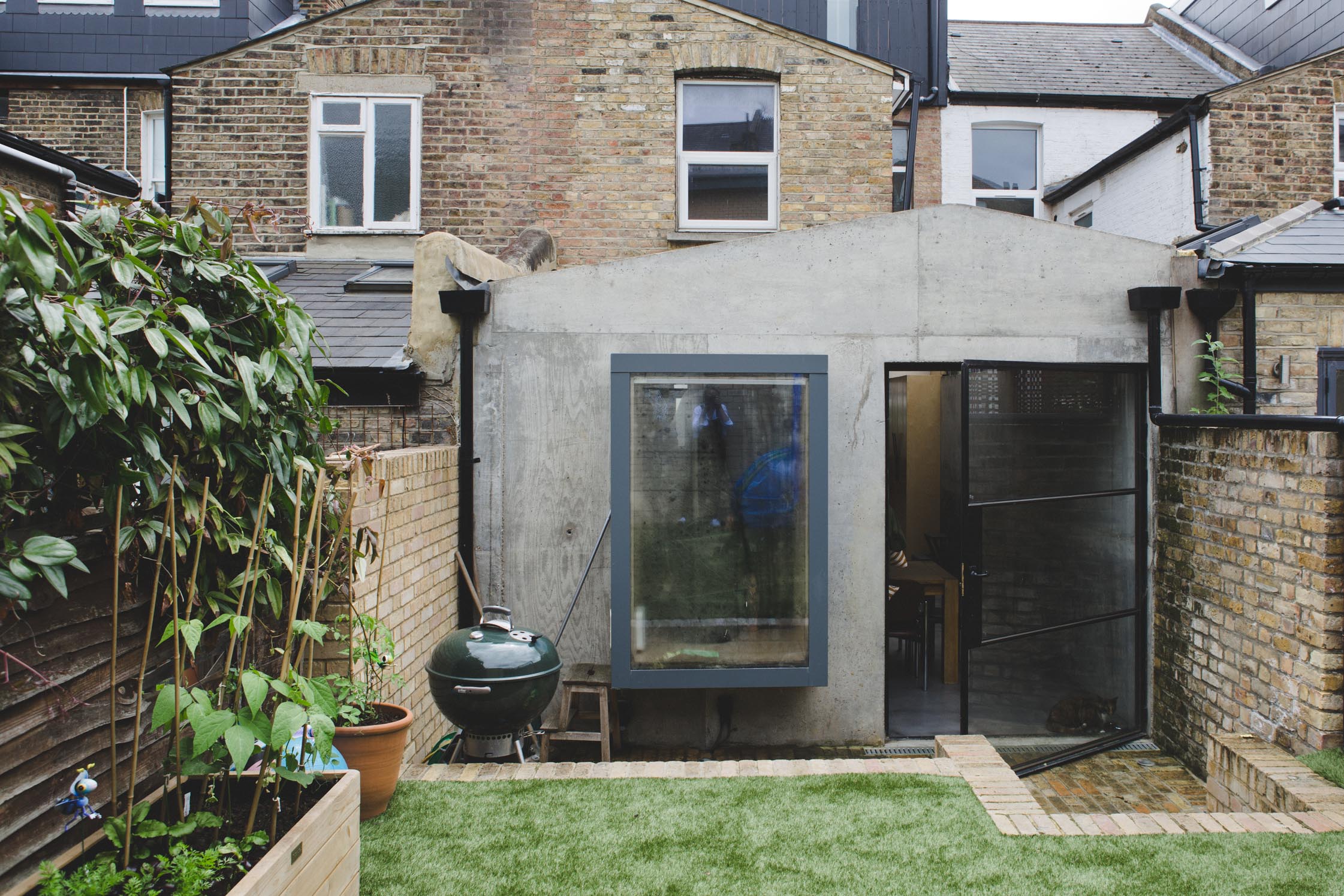
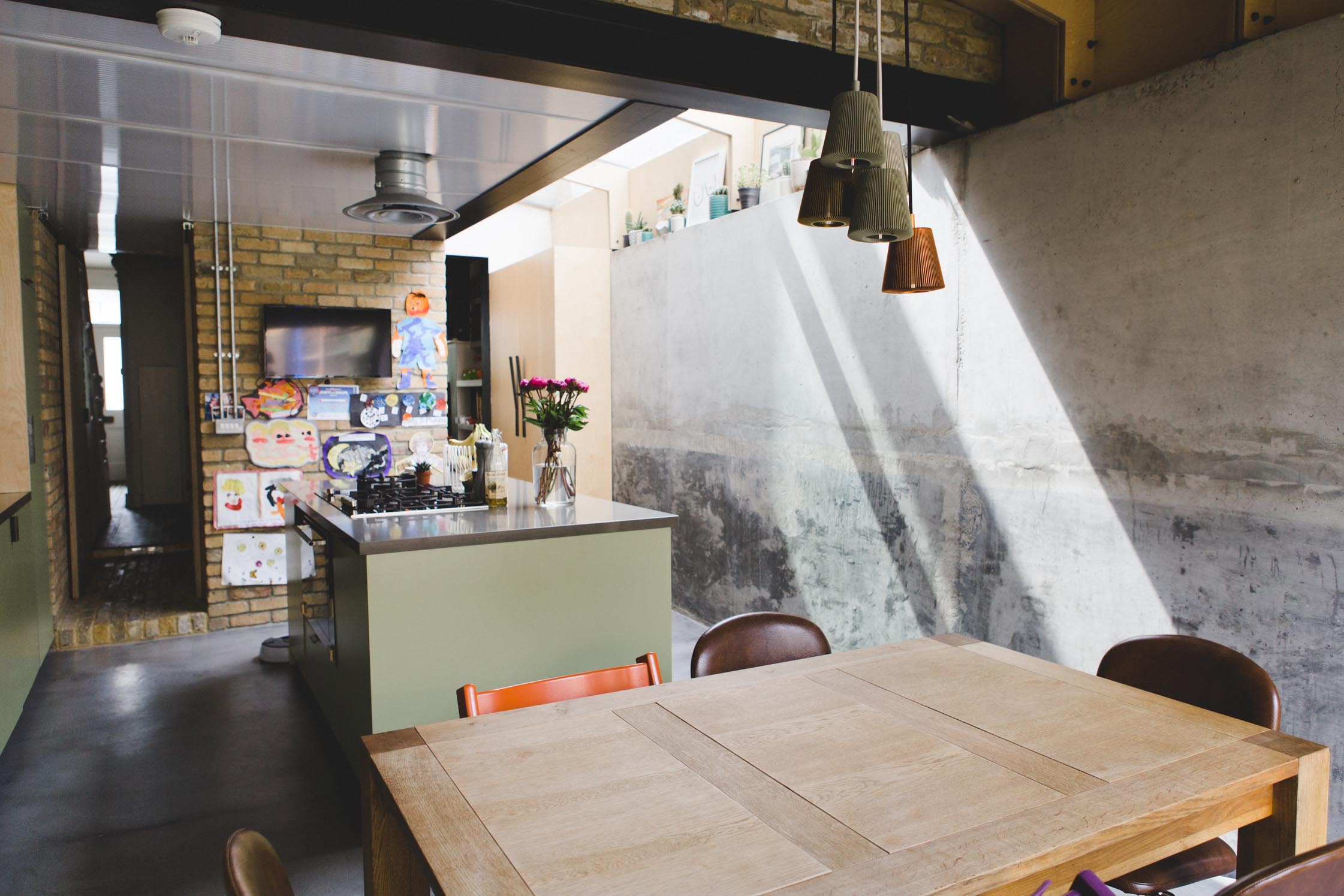
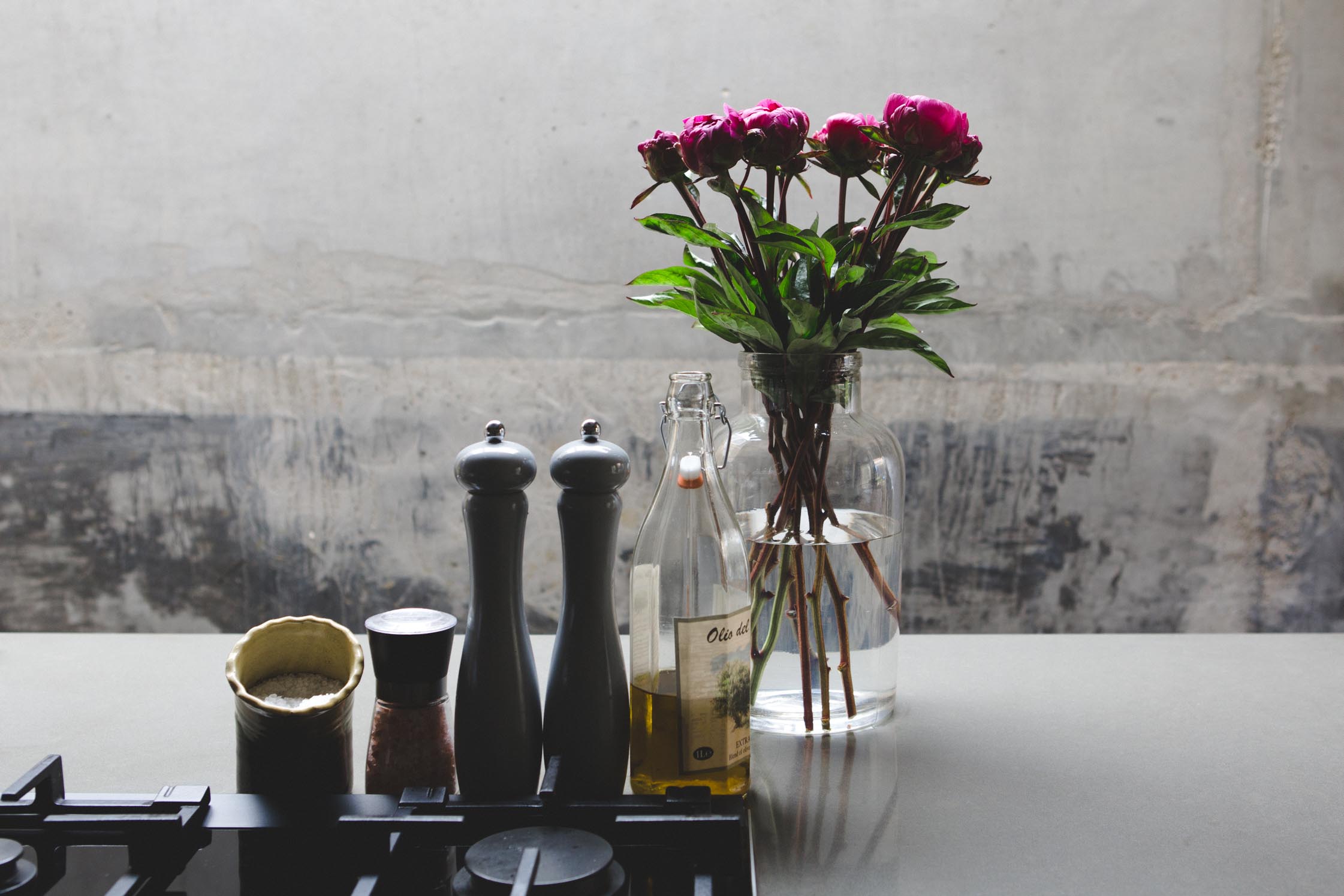
“It feels like 95% of my job can be convincing people of that 5% idea.”
Beautiful ideas are at the heart of Simon’s work: the elegant and considered aesthetic pleasures of his finished projects belie the philosophical musings and conceptual frameworks from which they sprung. At one point he begins to talk enthusiastically of Heidegger and the phenomenological philosophers of 19th and 20th century Europe. From others, this might come across as academic showboating far removed from the bricks and mortar of his actual work. Taken as part of Simon’s overarching approach however, you begin to trace a route back to the origins of his ‘verbs over nouns’ approach to architecture—a beautiful idea if ever there was one. “We always talk to our clients about verbs instead of nouns,” he says. “Nouns are quite flat things that you associate with things like ‘bedroom,’ ‘kitchen,’ ‘bathroom’. What we try to focus on is the actions that actually take place in these spaces, what people actually do there.” Clients don’t always embrace this way of thinking immediately, but Simon’s conviction invariably wins out. “That’s what architecture is, in my opinion. Though sometimes it feels like 95% of my job can be convincing people of that 5% idea.”
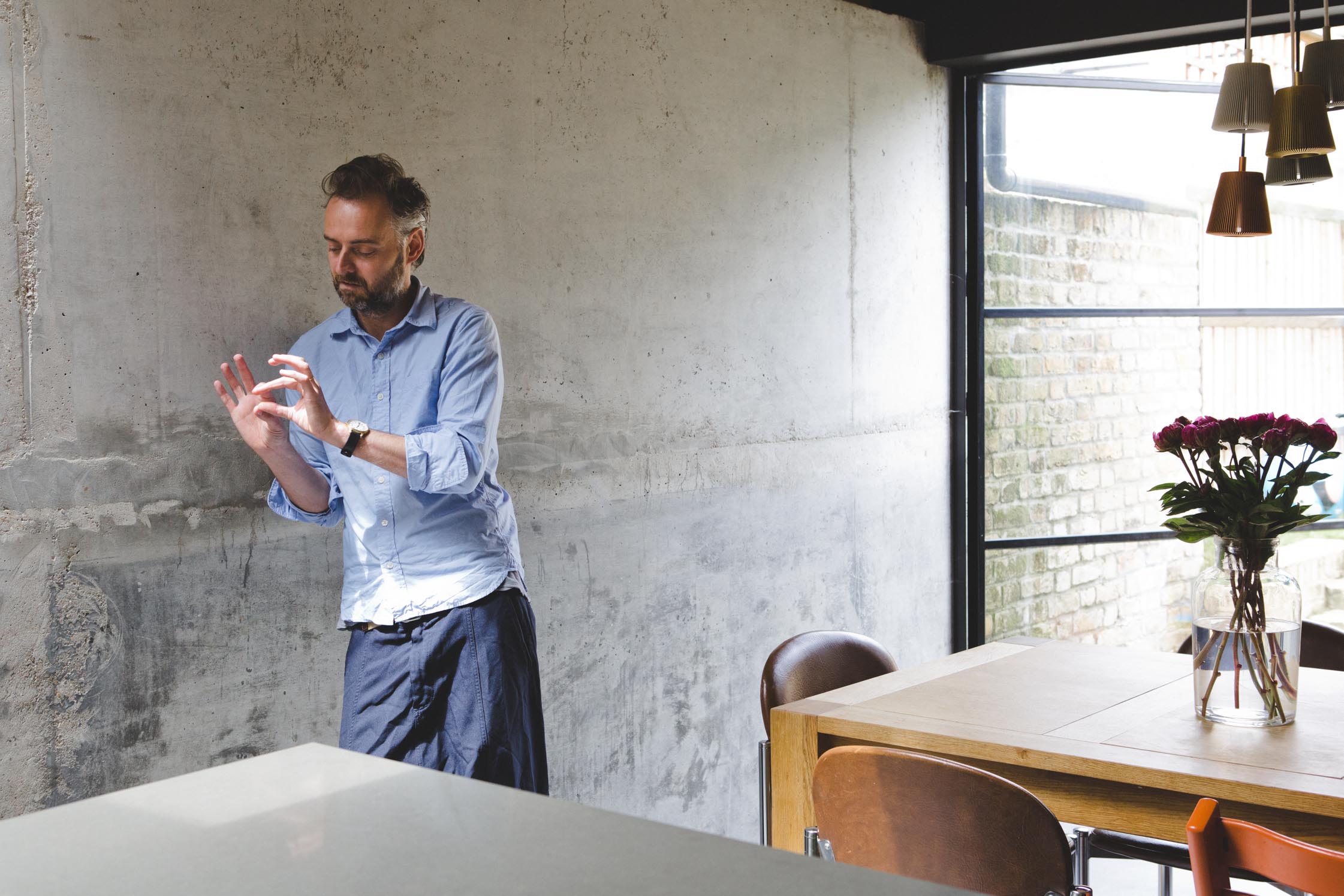
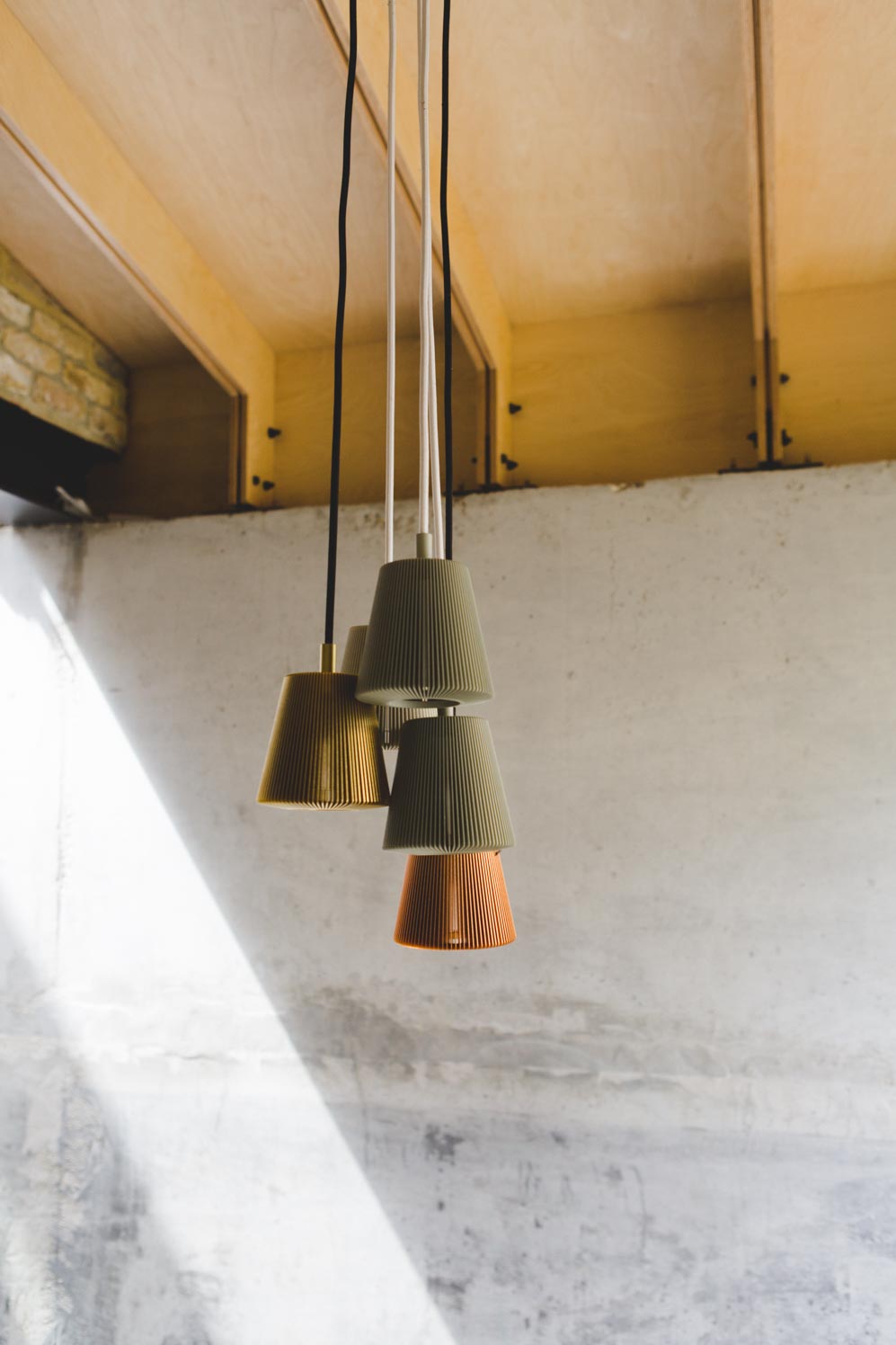
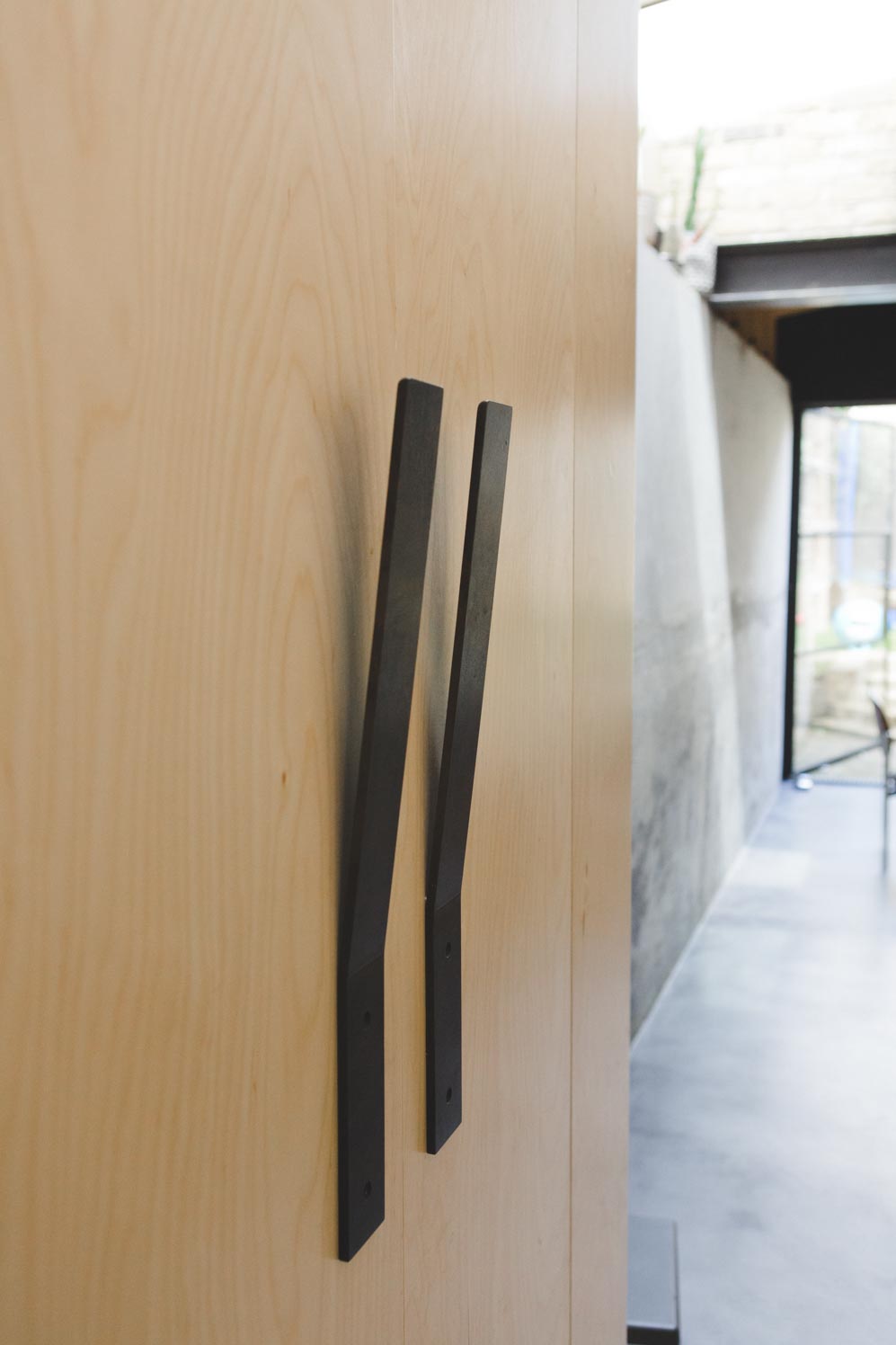
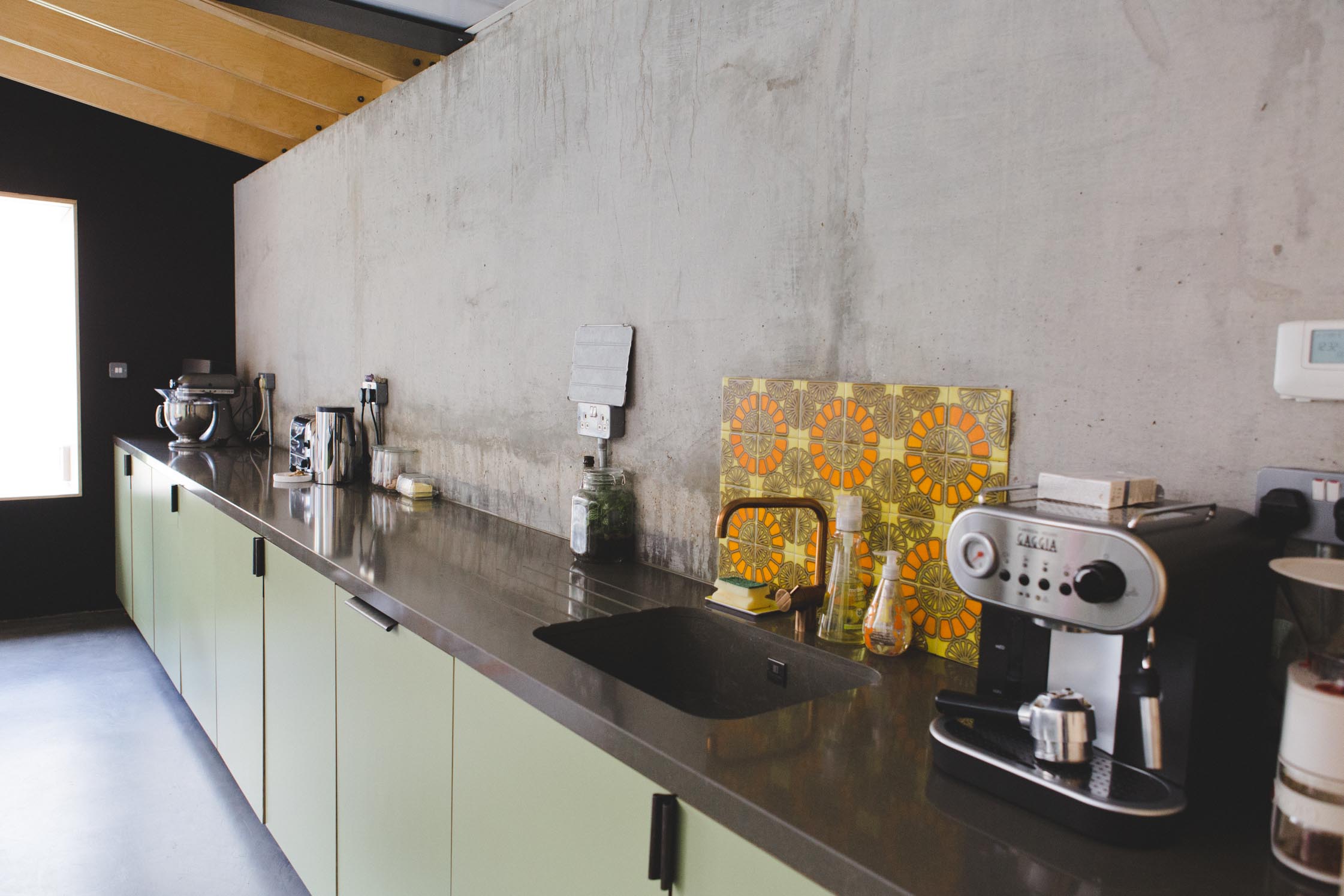
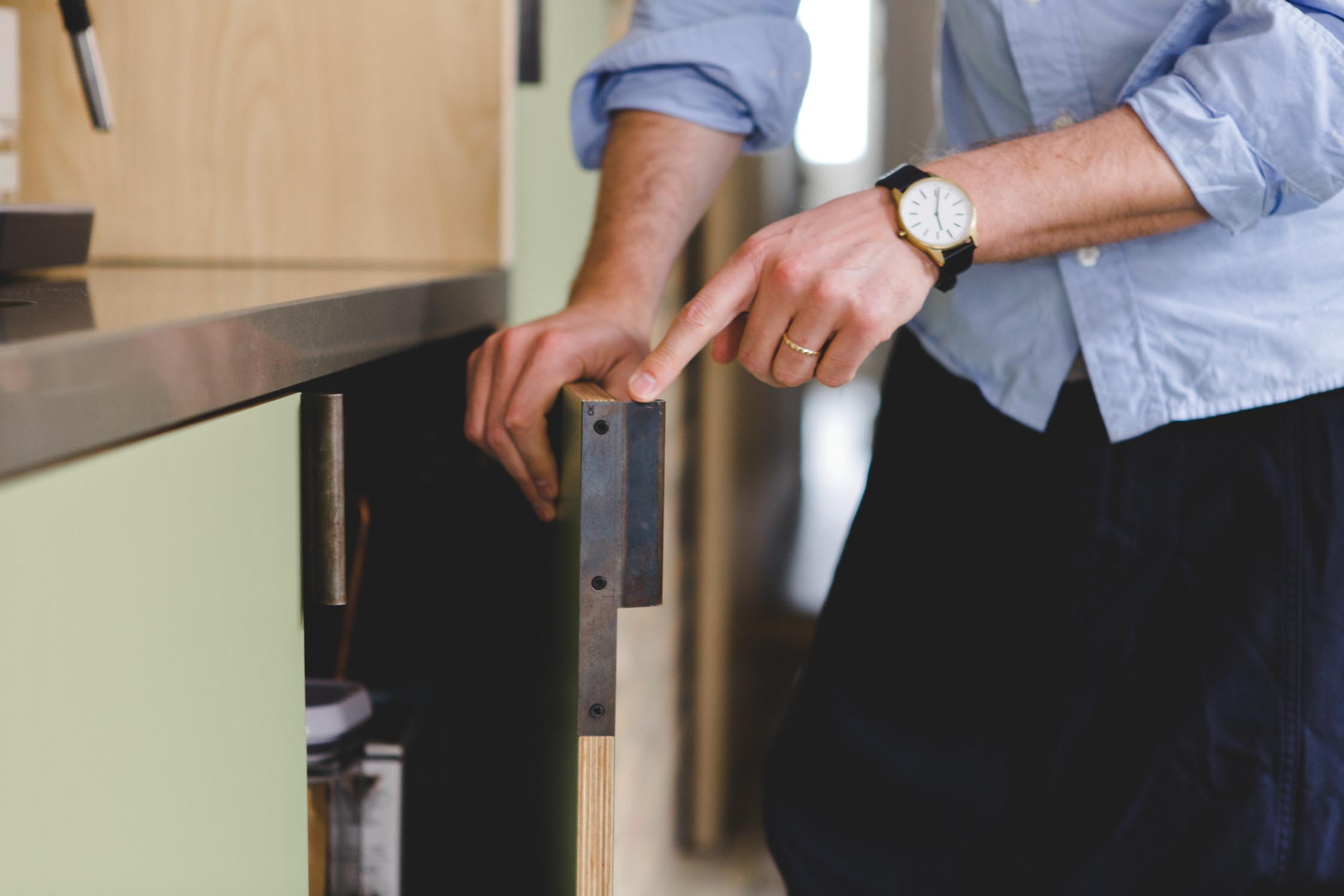
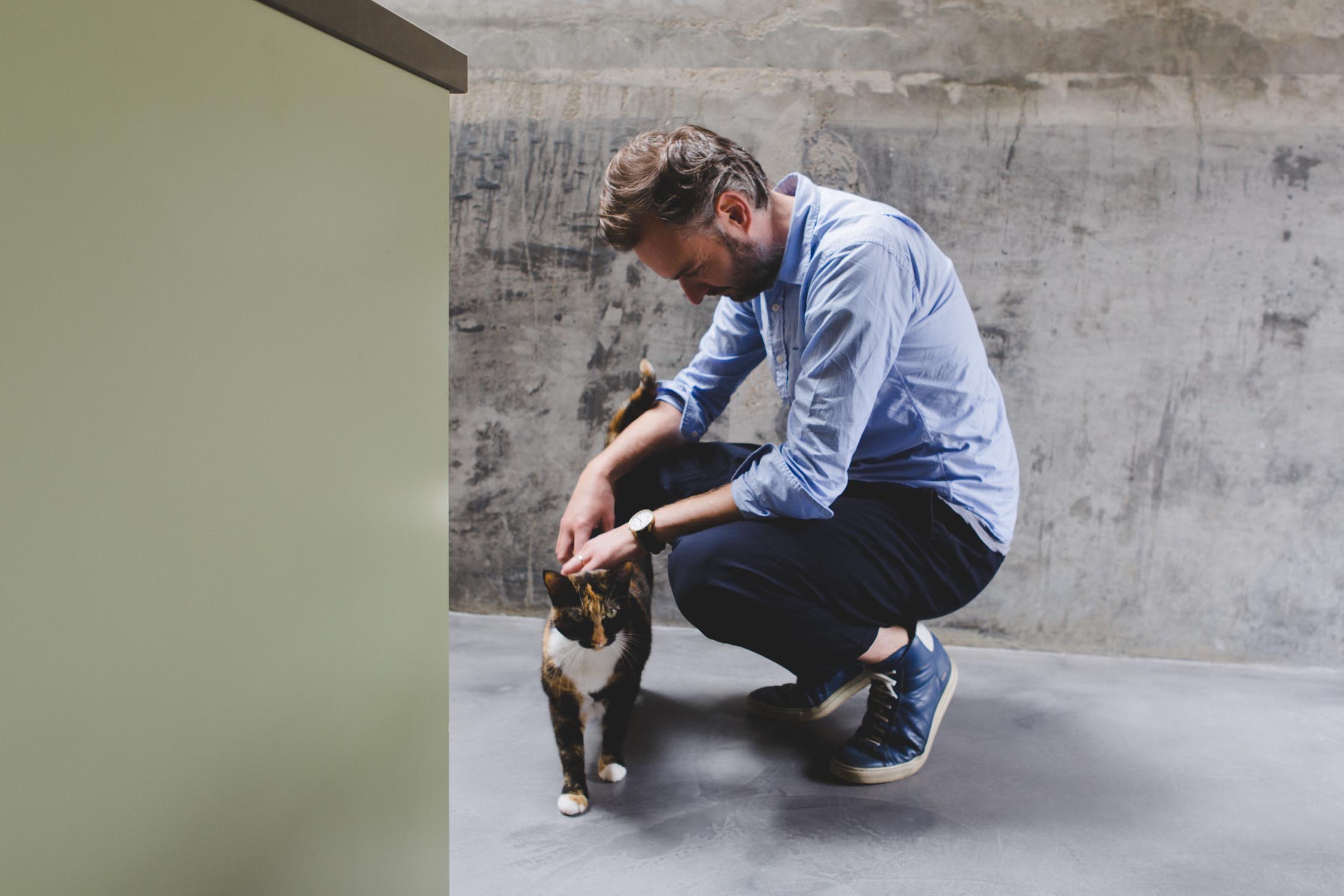
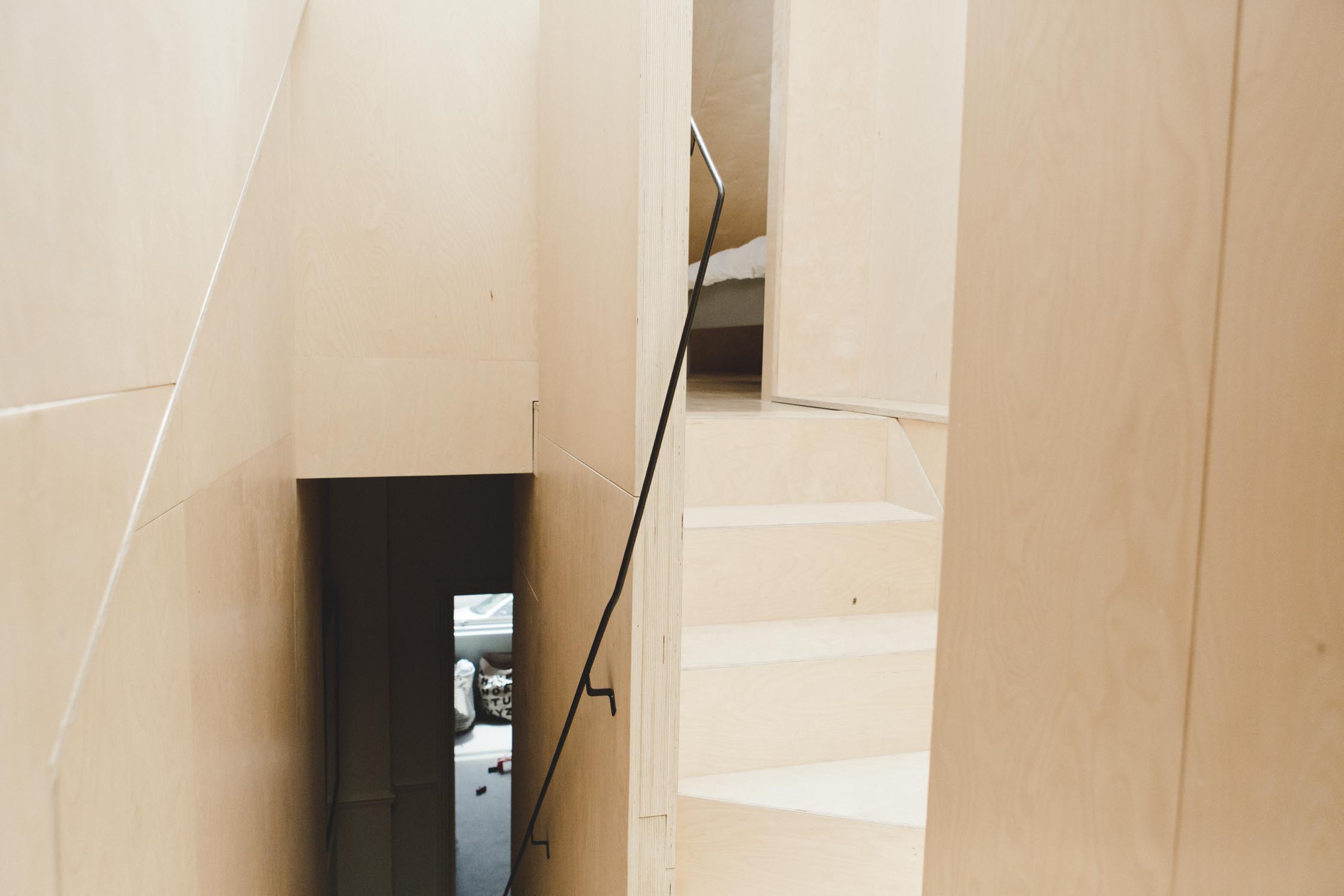
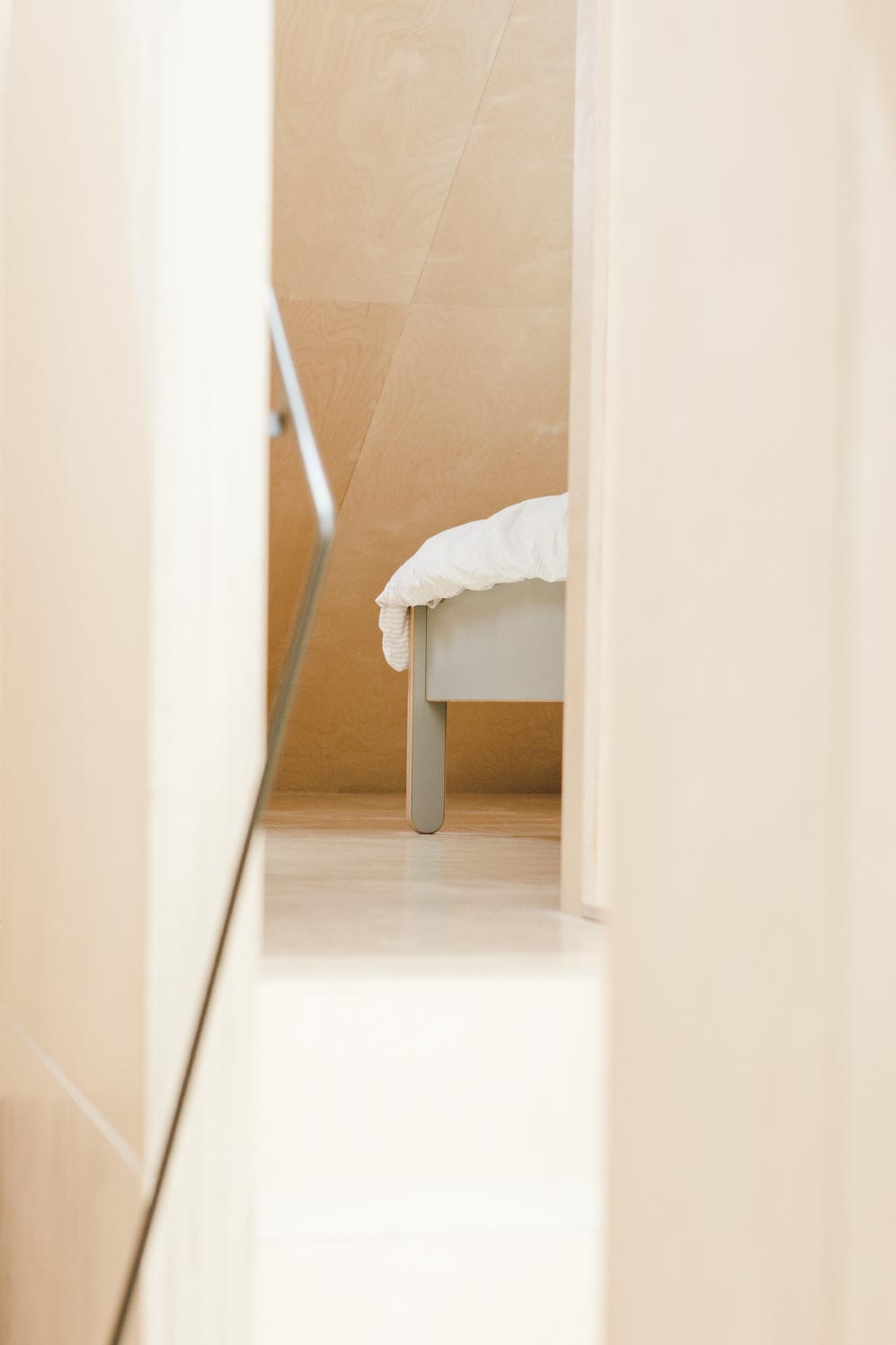
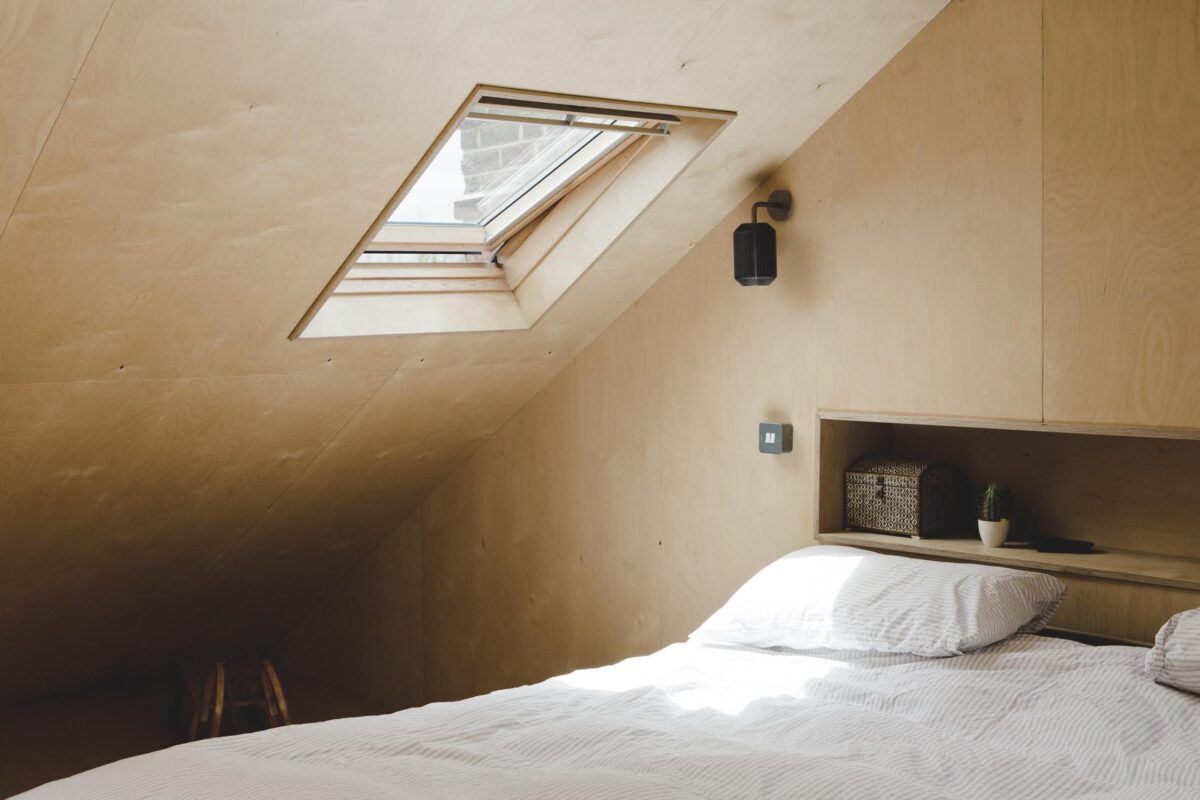
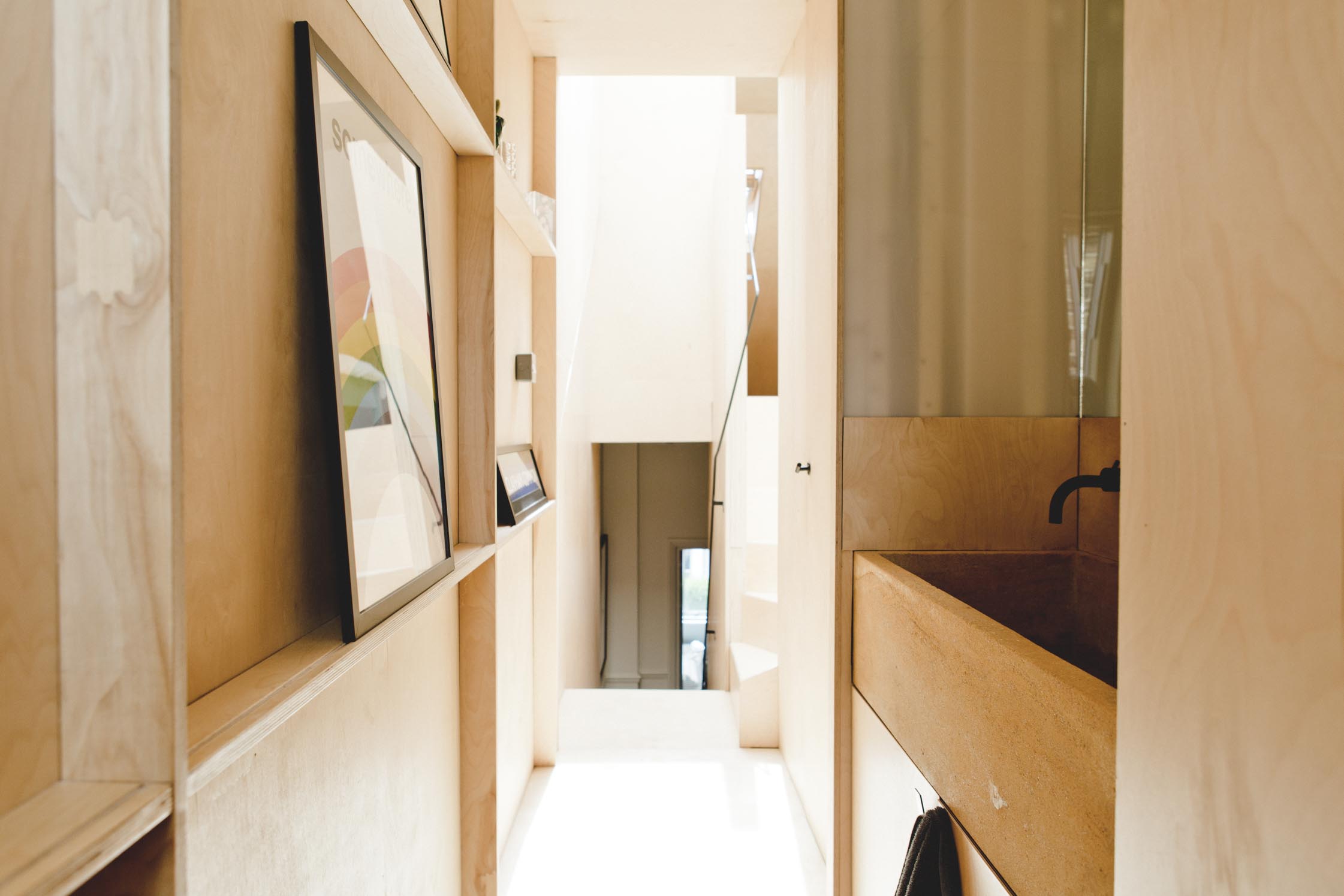
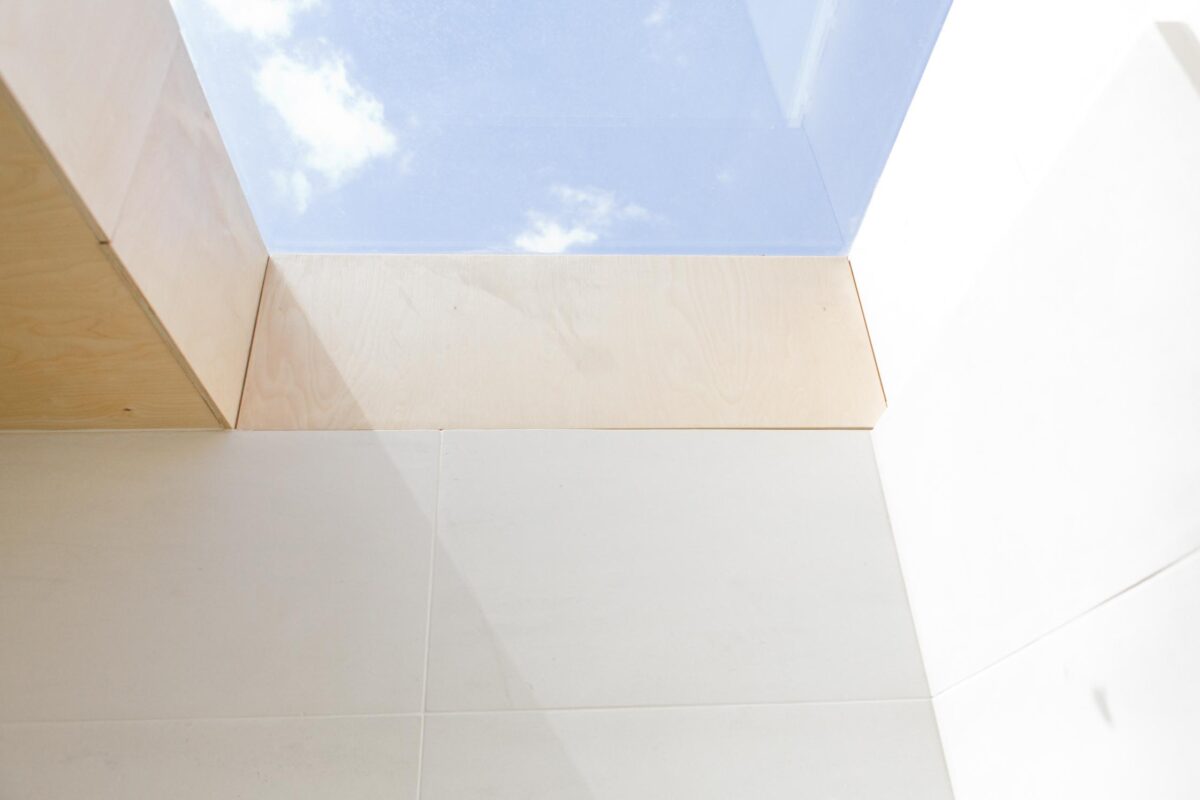
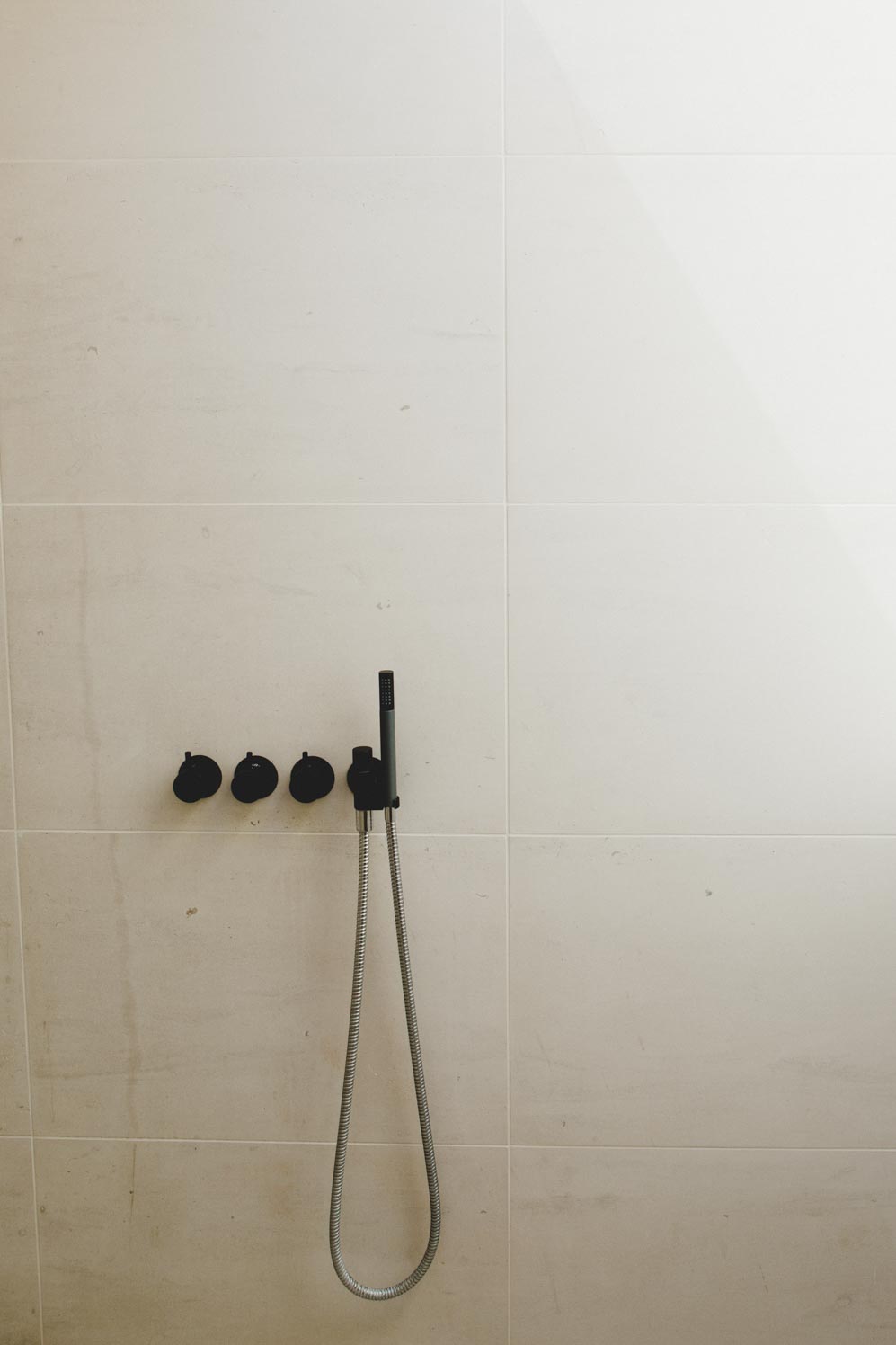
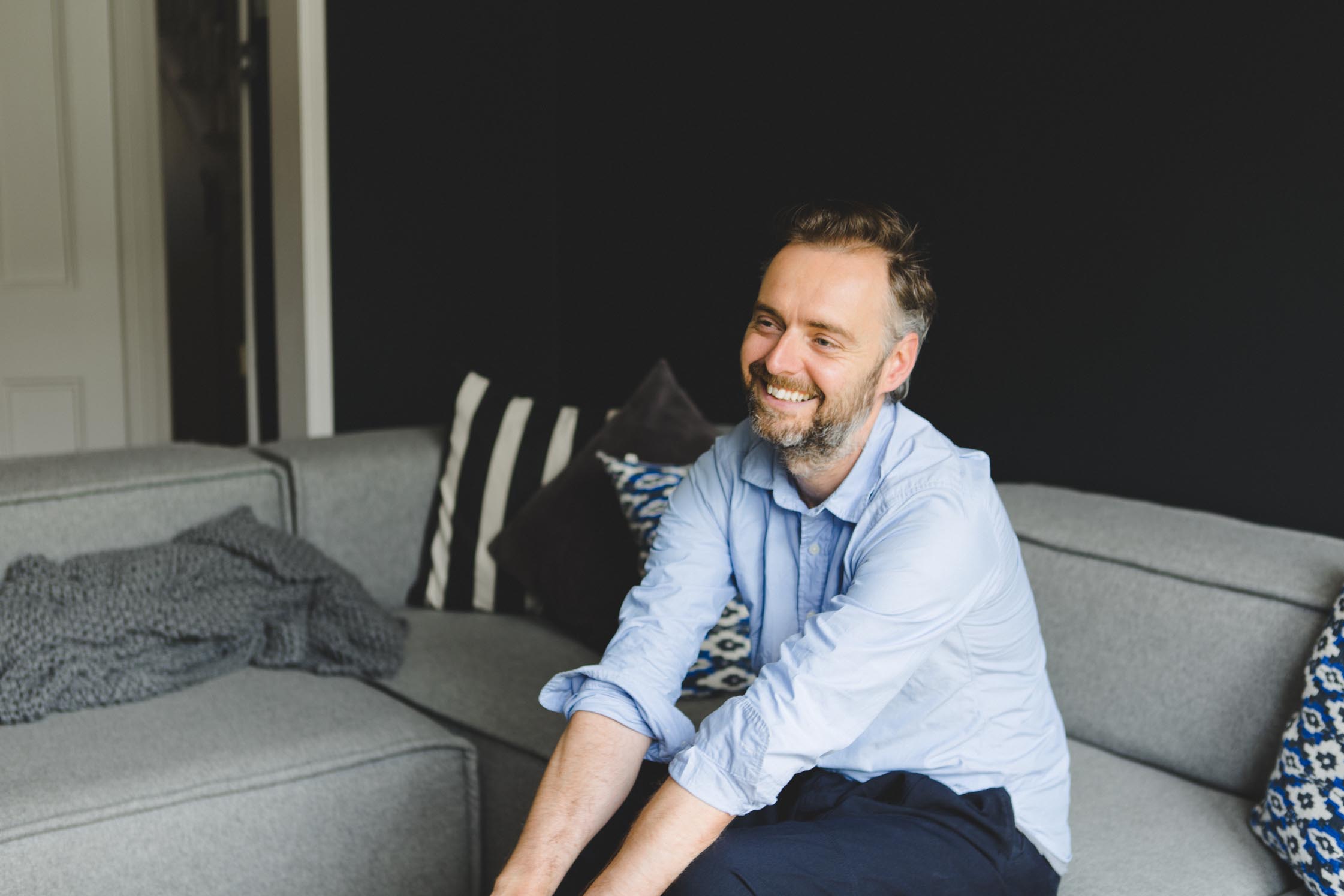
“The clean white box in the perfect world, it isn’t relevant anymore.”
It is in Simon’s own recently renovated North London home that one sees Simon’s ideas carried through to their logical, refined conclusion. Free from the shackles of client-led compromises, the interiors are an ode to the mantra of verbs before nouns—going so far as to subtly print the action words themselves upon the inside edge of each appropriate doors. As you open the bathroom door, the word ‘bathing’ flickers past your eyes. “It’s about crossing thresholds and actually doing,” says Simon. “Bathing is a really import part of this house. You approach from the carpeted hallway which massages your feet and cross onto the timber where you have a sink—you can unrobe, wash. You then cross another threshold onto the natural stone, which is the bathing area itself.” Taken merely as a tangible structure, a collection of curated objects and installations, the bathroom is a beautified space. Viewed through the prism of Simon’s experiential approach however, everyday acts are repurposed as wholly luxurious moments that enhance rather than detract from their surroundings. “The clean white box in the perfect world, it isn’t relevant anymore. It’s about bringing experience back into our thinking.”
This focus on the role of space in relation to experience means that his practice only entertains briefs that accept form will follow function. At one point talk briefly turns to the American architect Louis Khan, who opined that Frank Lloyd Wright knew what the shape of a space was going to be long before knowing what it would actually be used for. “I’m the opposite of that,” says Simon. Elaborating with an insight into his views on current trends for open spaces in residential homes, he talks of how happy he is designing for a couple who need to be able to see their children playing in one corner whilst they cook on the kitchen island and friends sit talking at the dining table. “But if [a potential client] just wants to make a space big and open and put a sheer glass wall in just because they think it looks cool then we won’t do that.” Across the great breadth of topics Simon discusses, it is on this subject alone that his gentle musings become (very slightly) searing. “Some other architects are obsessed with having a beautiful shape first, and some call it peacock architecture. Everyone can name the architects who do that, and sometimes I visit their spaces and I feel like I’m getting shouted at.”
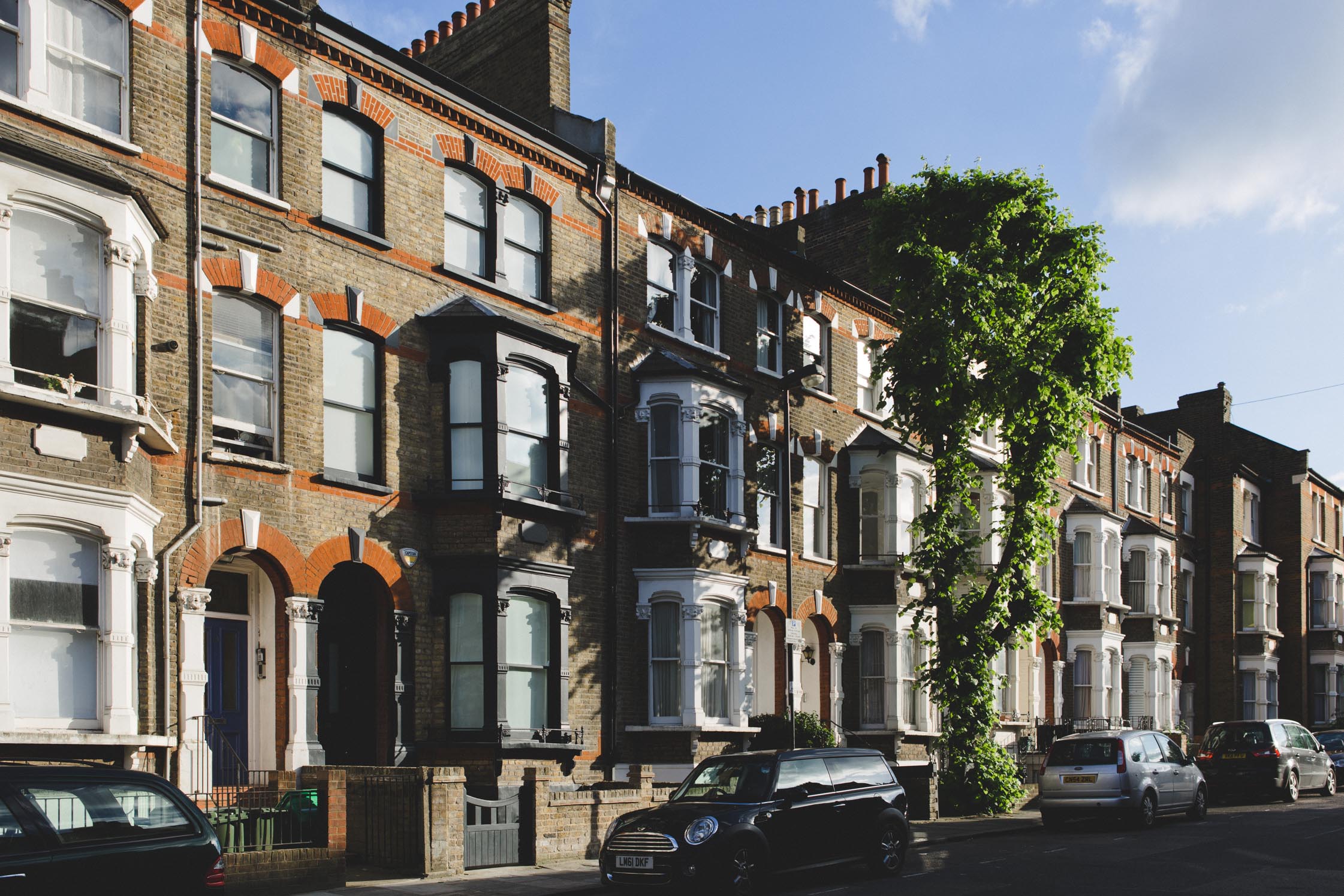
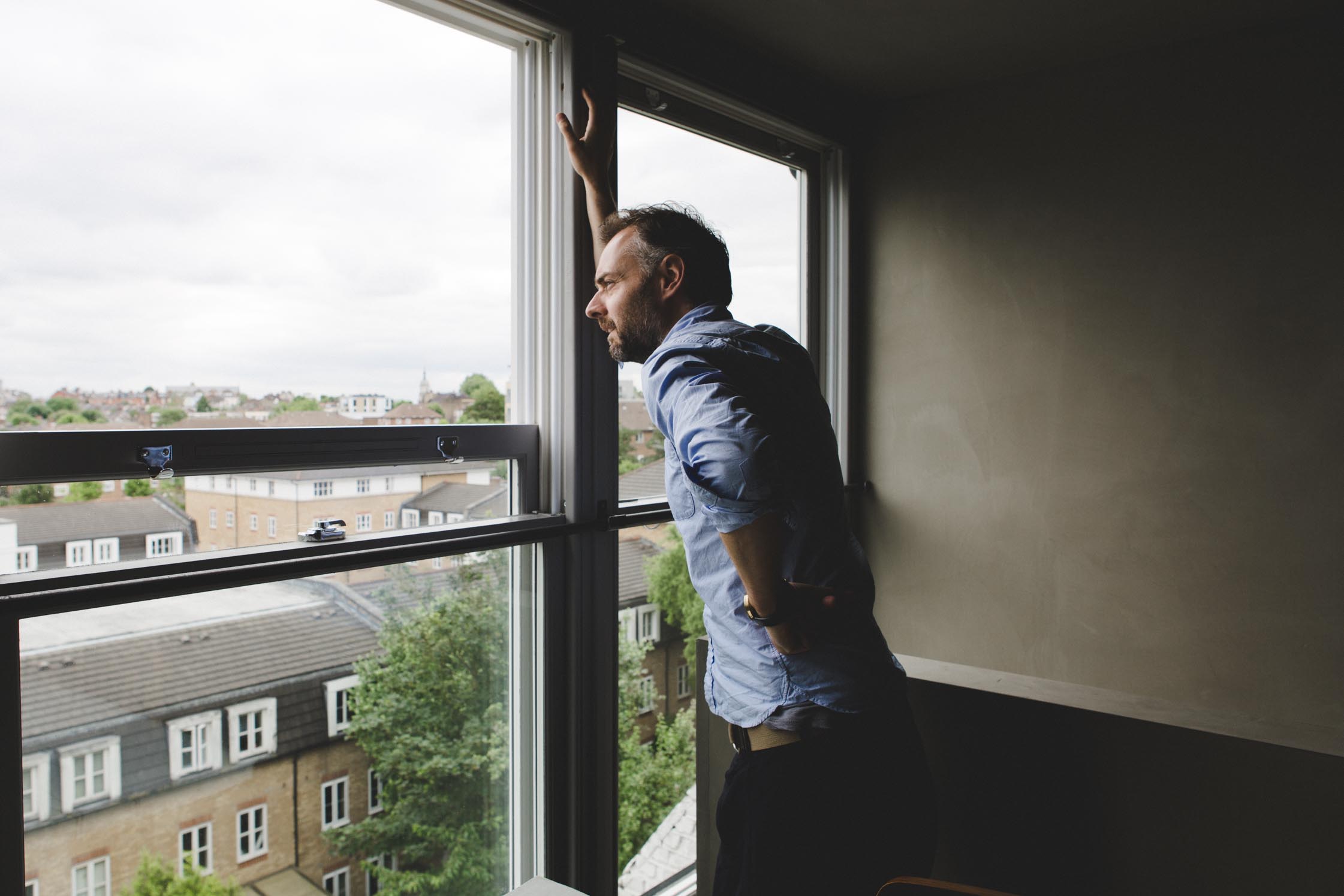
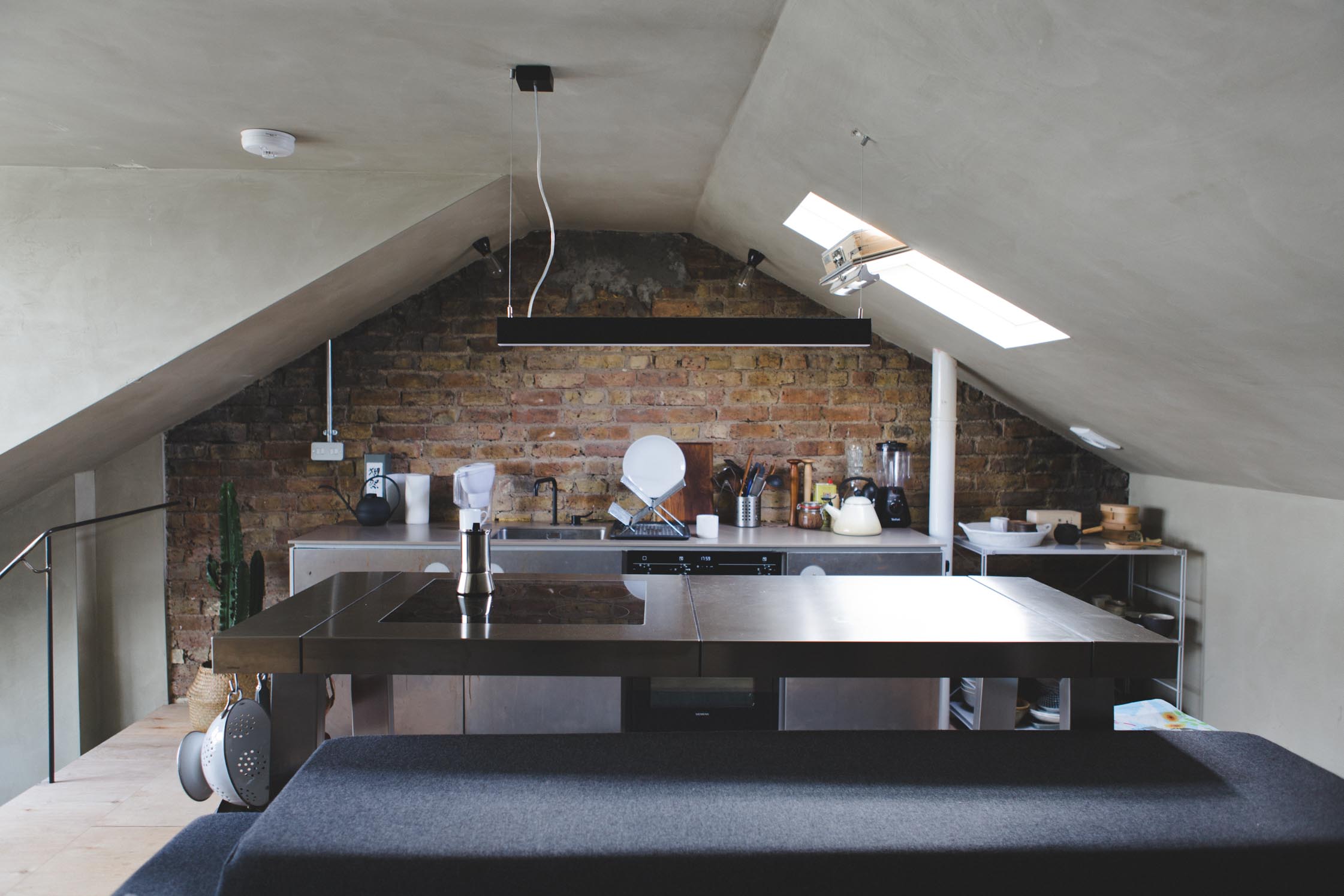
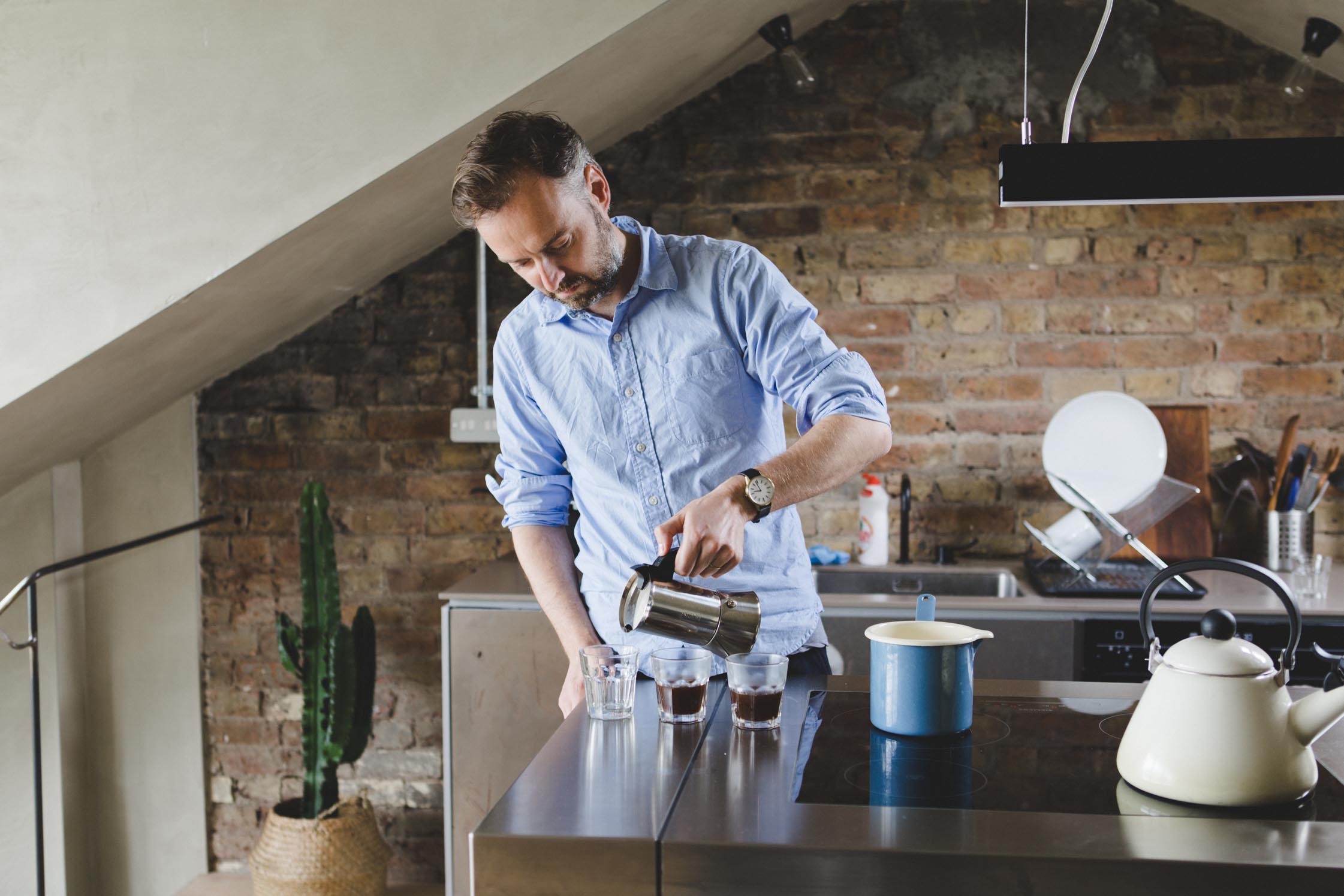
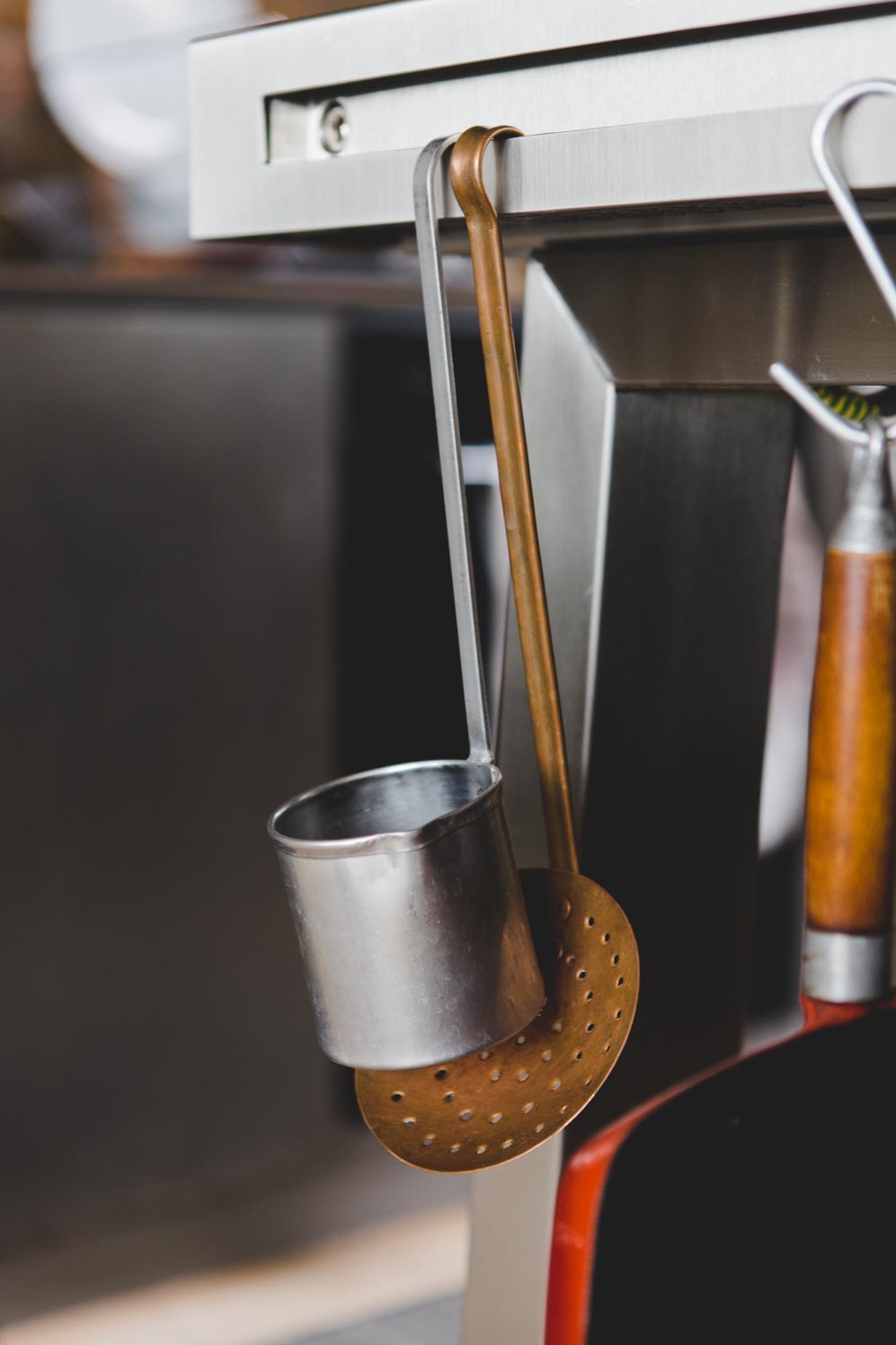
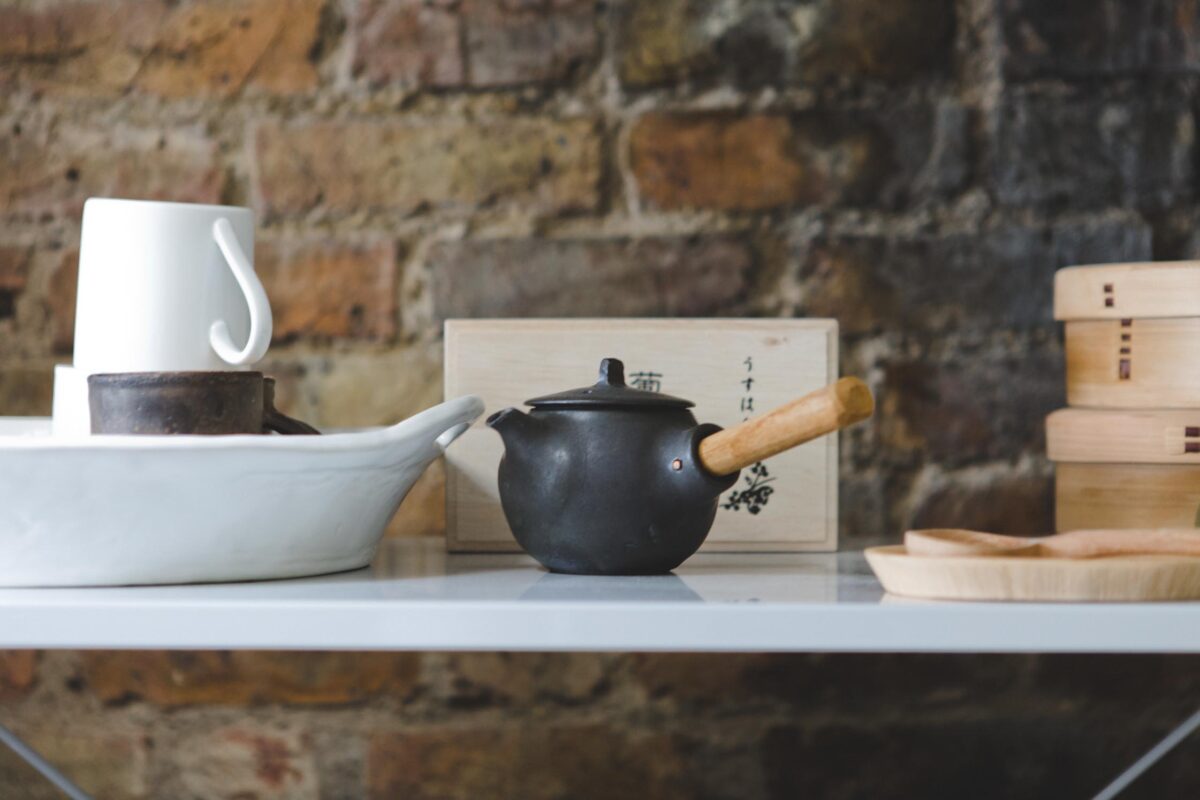
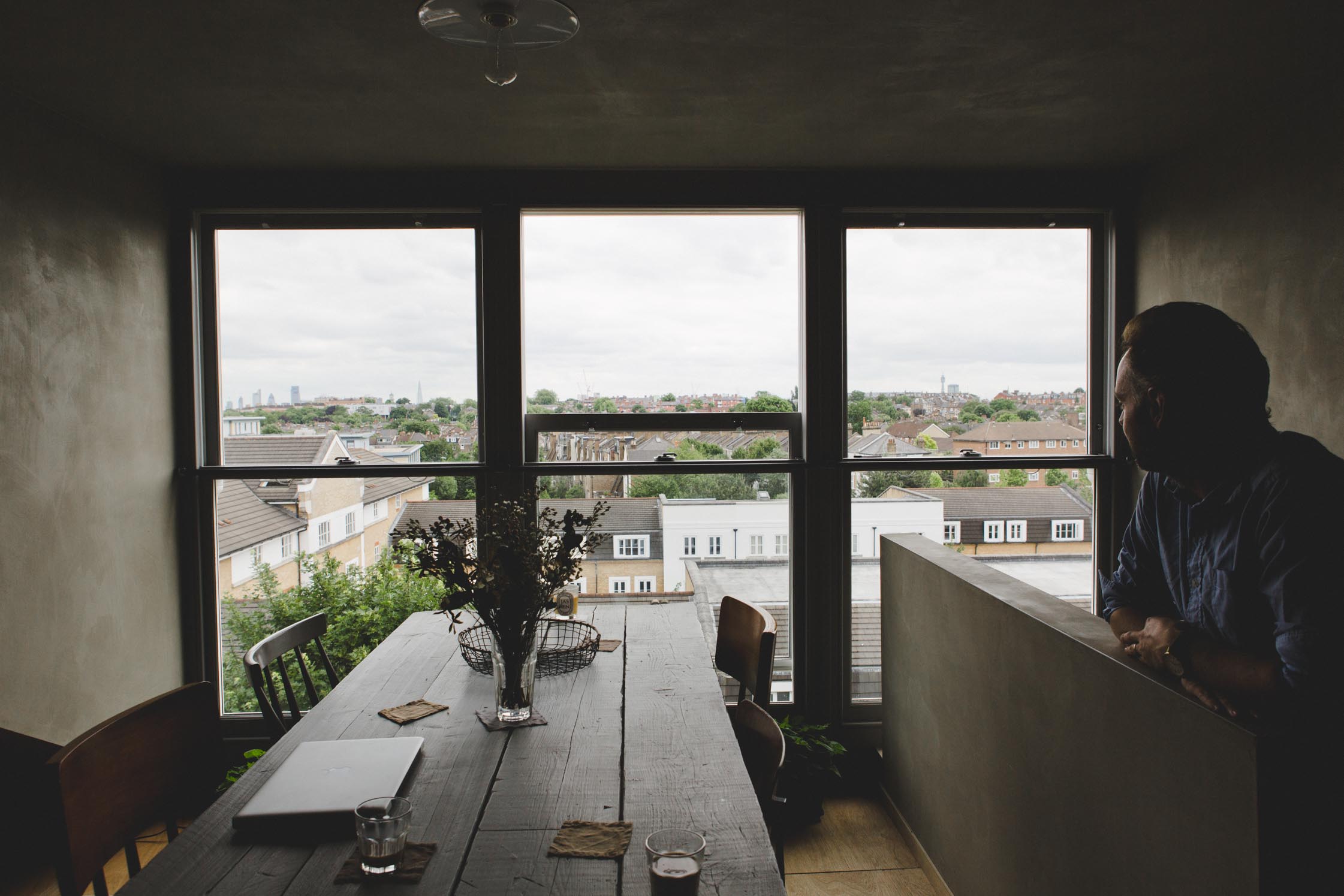
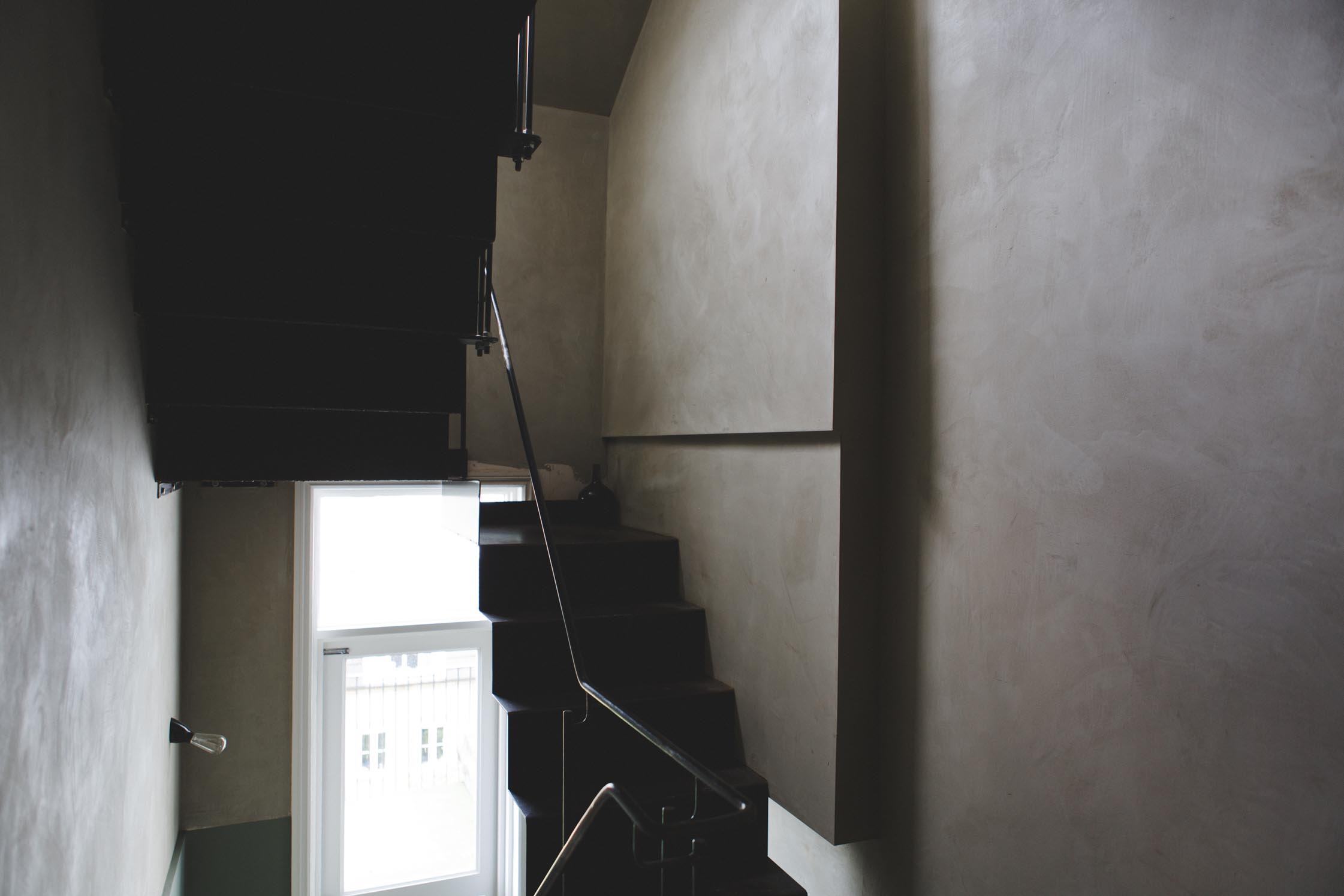
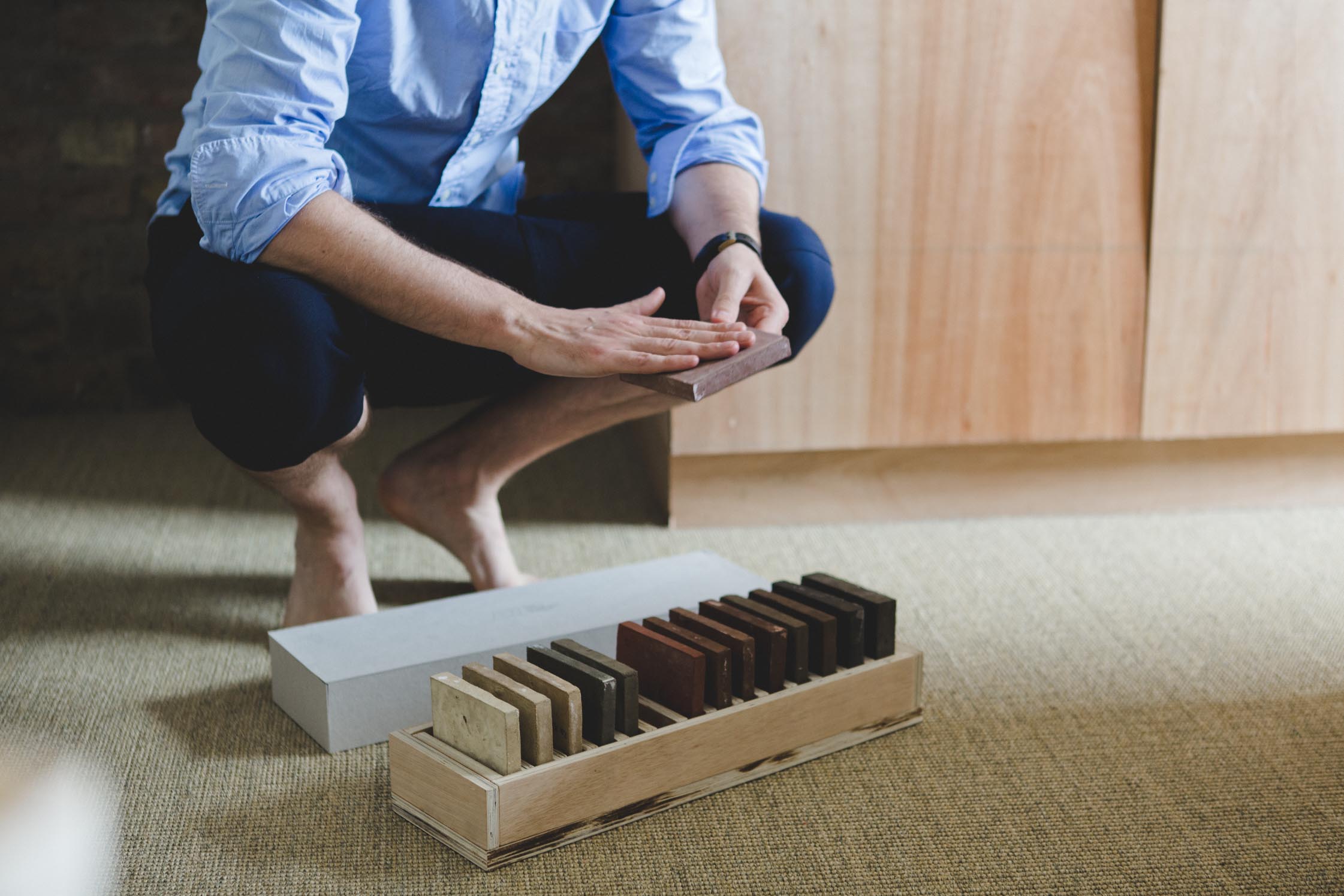
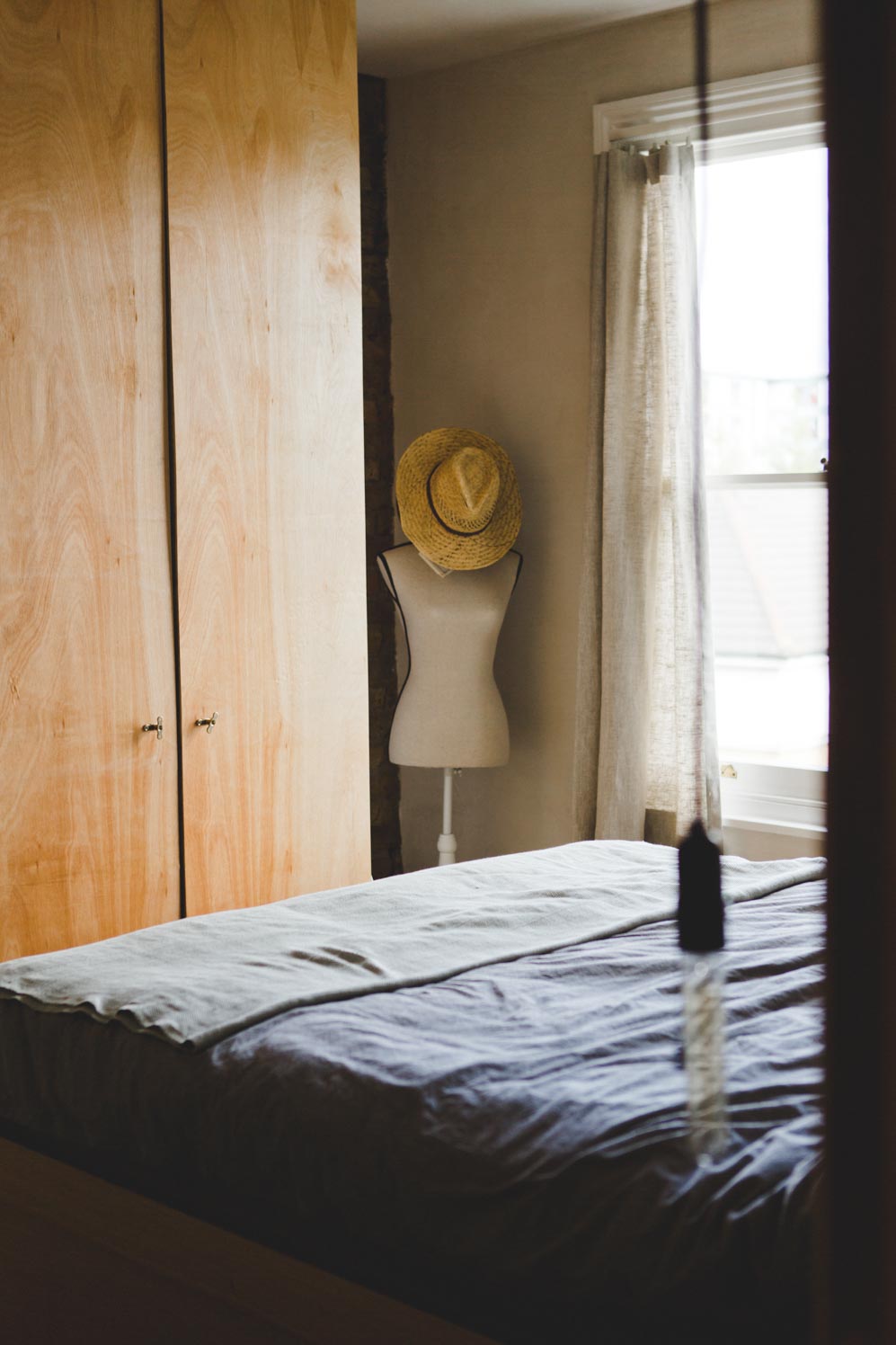
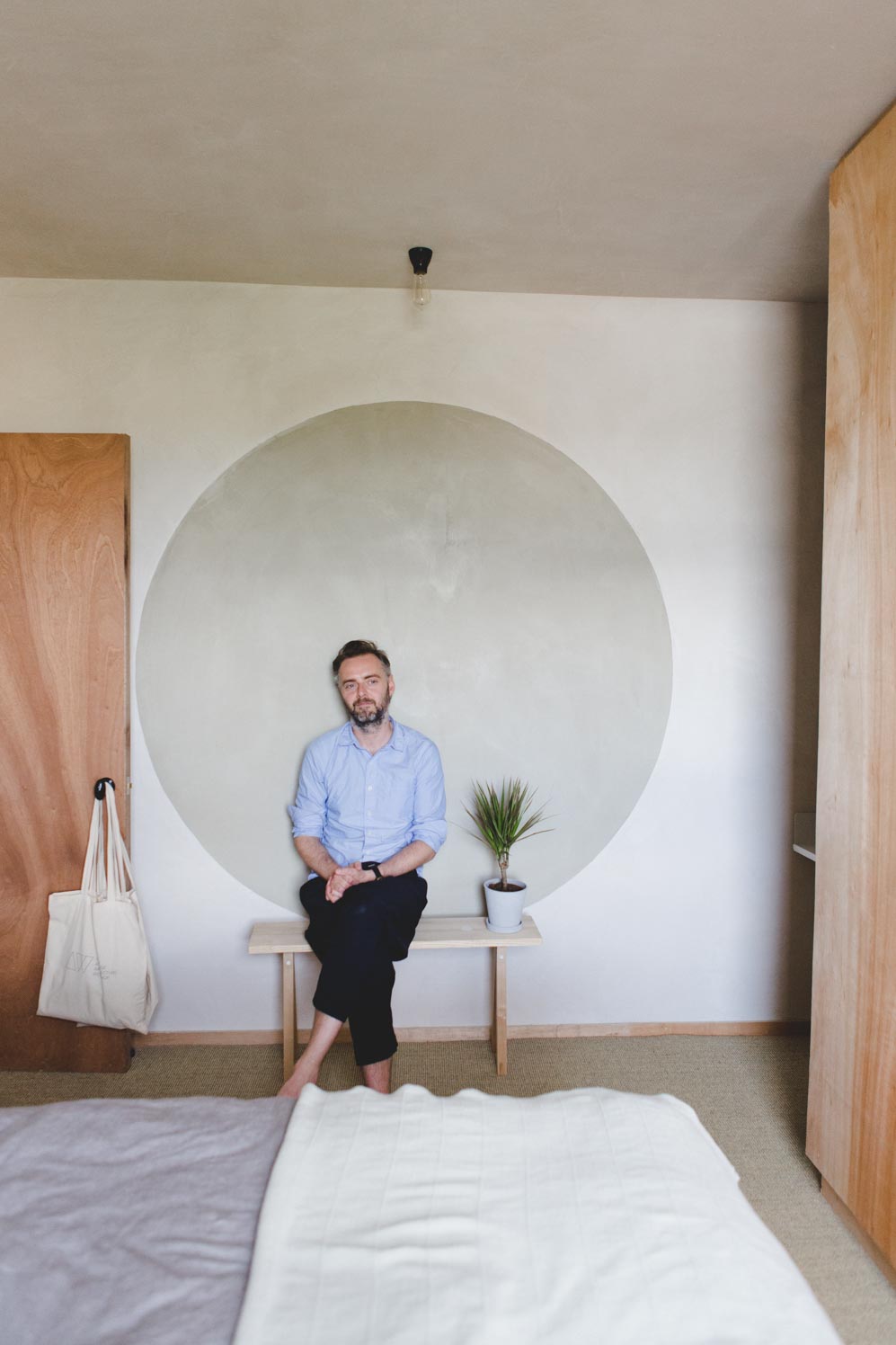
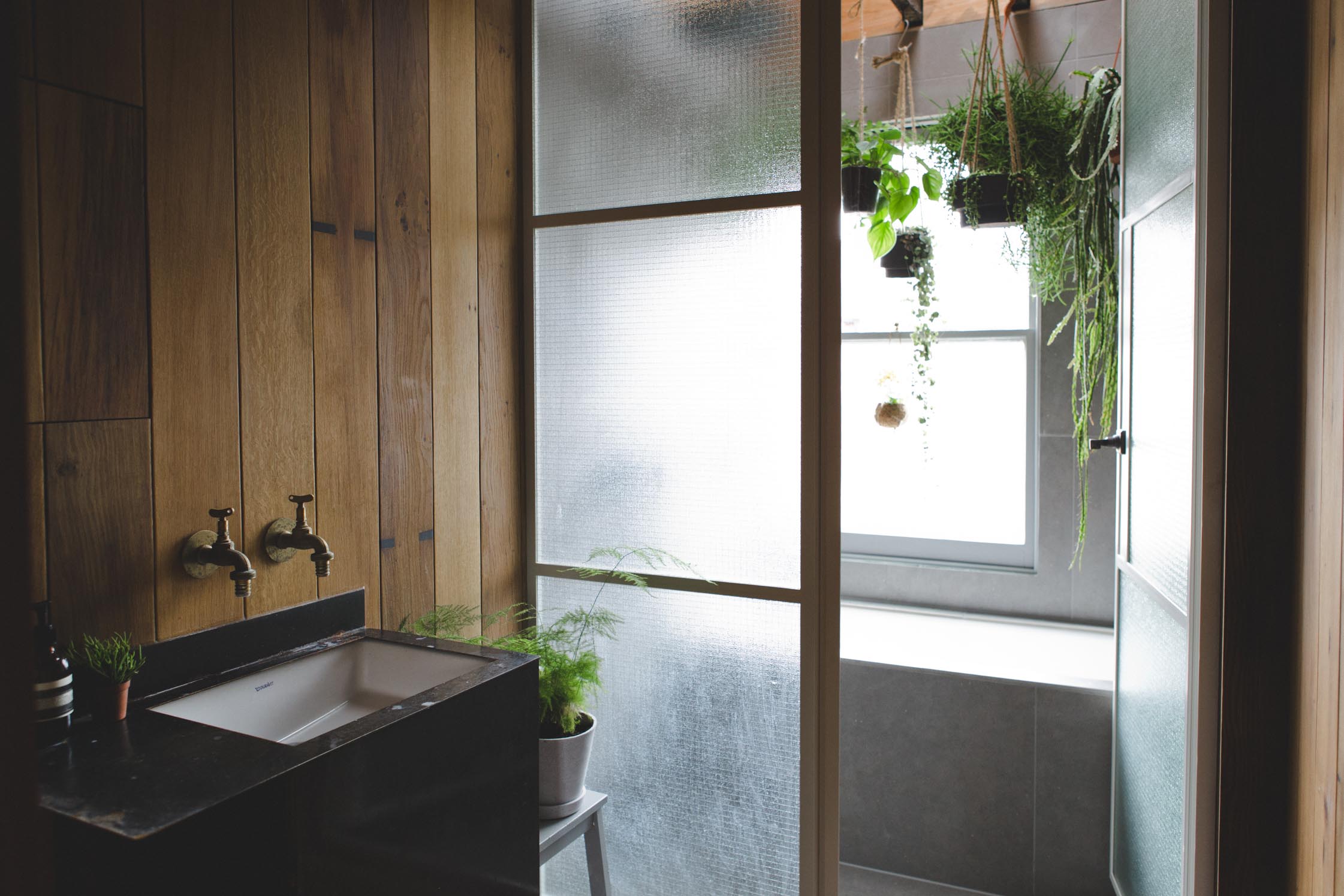
There is a line that can be traced from these words back to Simon’s more formative years. Simon says he knew he wanted to be an architect from the age of 11, when he had an epiphanic visit to an apartment designed by “some famous architect.” Surrounded by unexpected uses of grass and water, the young Simon thought: “whatever he does, I want to do.” So followed the conventional route to architecture school via a syllabus of the usual art-leaning classes and hobbies. It was not until his fourth year of studying though that Simon says he truly fell in love with architecture.
This second epiphany was an extended one, beginning with the encouragement of an inspirational tutor and peaking with an illuminating period of travelling. Simon’s thesis was built around a comparison of dwellings in Marrakesh and Dubai. “They’re two very different cities with two very different histories, and yet there are also clear similarities between their cultures, religion, food, climate. The typology of their housing is so different. In Marrakesh you’ve got a quiet courtyard surrounded by water and plants and it’s very serene. Dubai though is all about sheer glass and embracing technology.” It forced Simon to decide on a path for his own practice. “Do I want to do skyscrapers like that? Or do I want to create homes for people with door handles that actually mean something to them?”
The answer is obvious, and if there were any lingering doubts one only has to cast their eyes around Simon’s own home for affirmation. The home that he shares with his wife was originally a single storey flat taking up the top floor of a converted Victorian terraced house. The first thing they did upon securing the property was create an expansive second storey in the roof. This is where Simon now sits as he talks, leaning back in one of the understated wooden chairs that match the utilitarian feel of the workbench-like dining table upon which he rests his cup of studiously pressed coffee.
To his left is a glass wall with a view that encompasses the great variety and majesty of London’s skyline—the view is, says Simon, his favourite thing about the home, beyond any interior element. Stretching out in front of him to the right, an intimate living room area merges seamlessly with the refined collection of ceramics and Japanese utensils that define the food lovers’ kitchen space. For those wondering about Simon’s seemingly incongruous mention of door handles earlier in the conversation, that served as the introduction to an affectionate insight into those which he chose for his kitchen cabinets—actually not door handles at all but rather plumbing apparatus put to an alternative, equally effective use. Directly below, the aforementioned bathing area is joined by two bedrooms.
After an extended, educational interlude about the unusual clay walls that cloak the interiors in soft hues of greens and grey, it becomes apparent that Simon is eager to leave behind the still, elegant interiors of Plywood House and his own home. As the hours of the working day melt away into a brisk early evening jaunt along the side of a canal towpath, the final destination on the Simon Astridge tour comes into view: the no frills King’s Cross office in which all his ideas become manifest. That’s where FvF leaves Simon, pouring over blueprints and the scale models so central to his way of working. Doing as a way of being. Verbs over nouns, always.
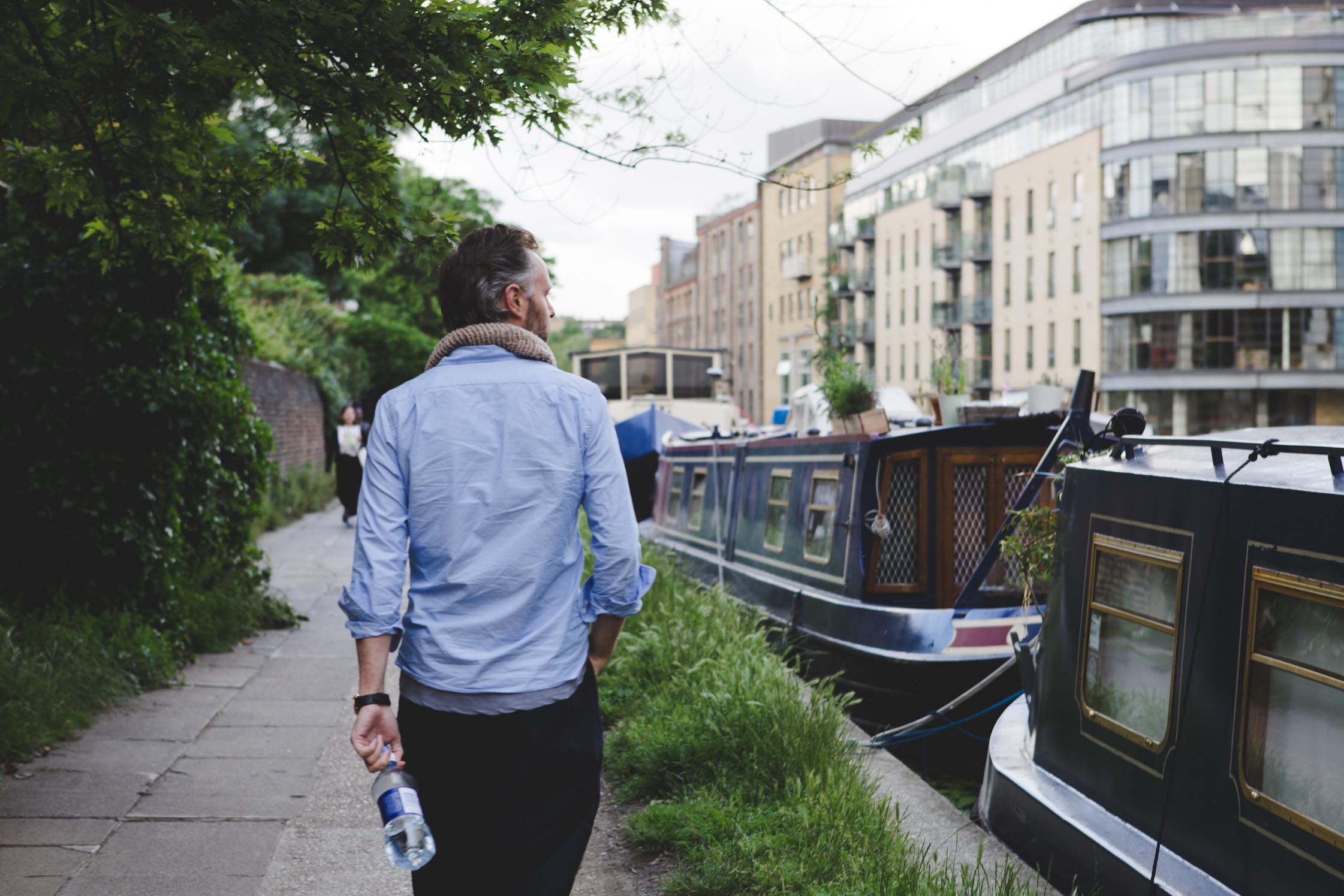
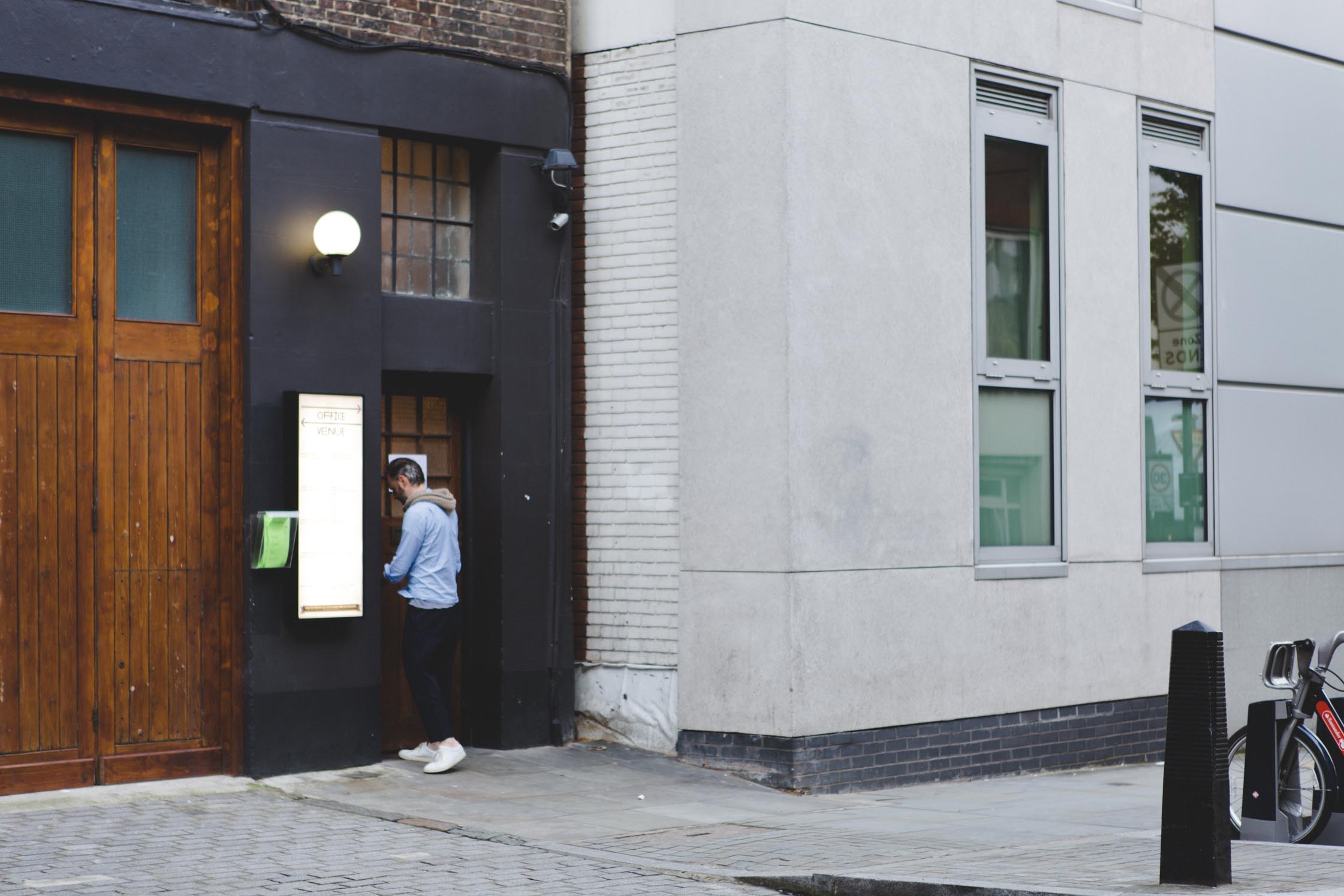

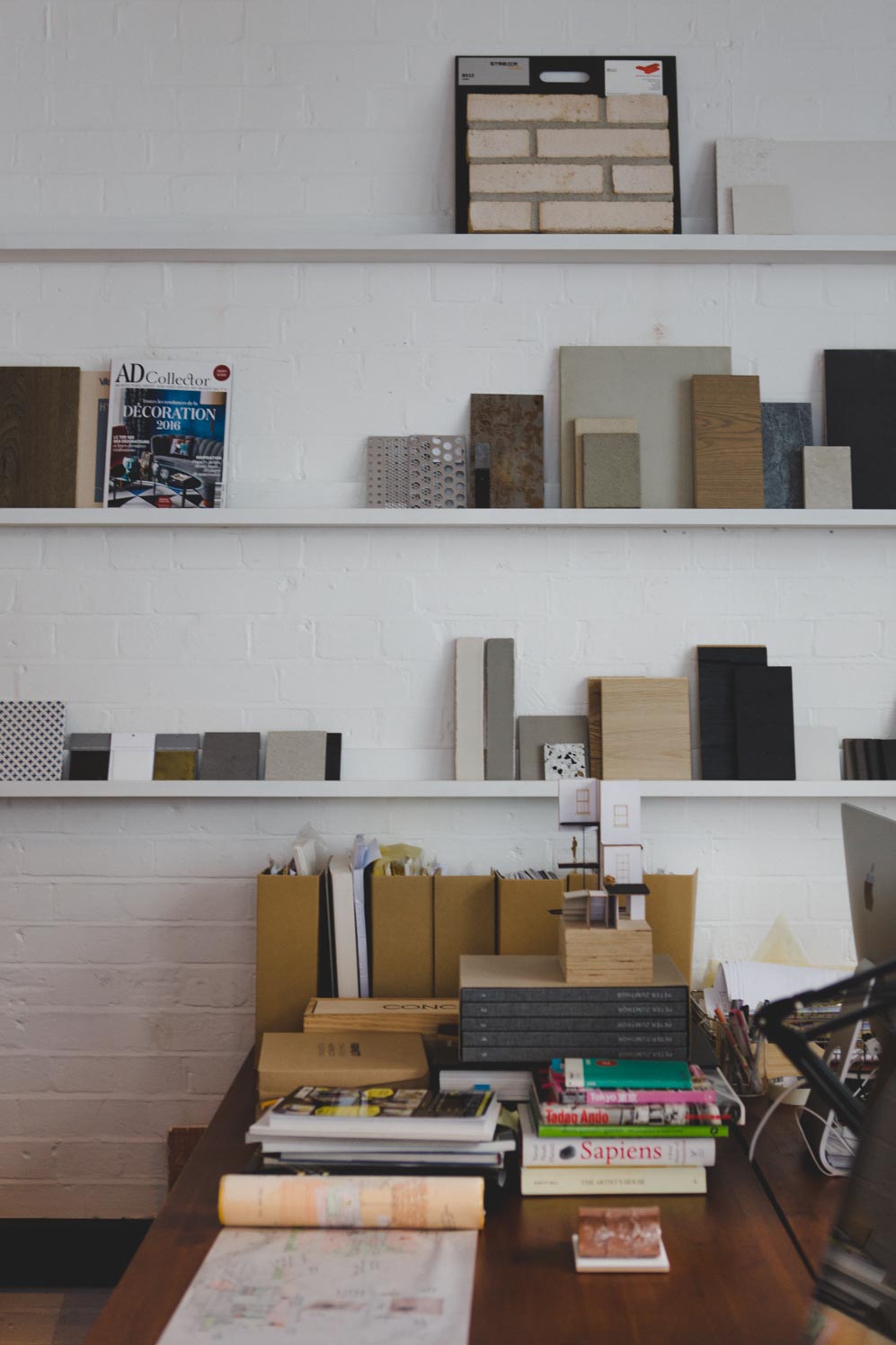
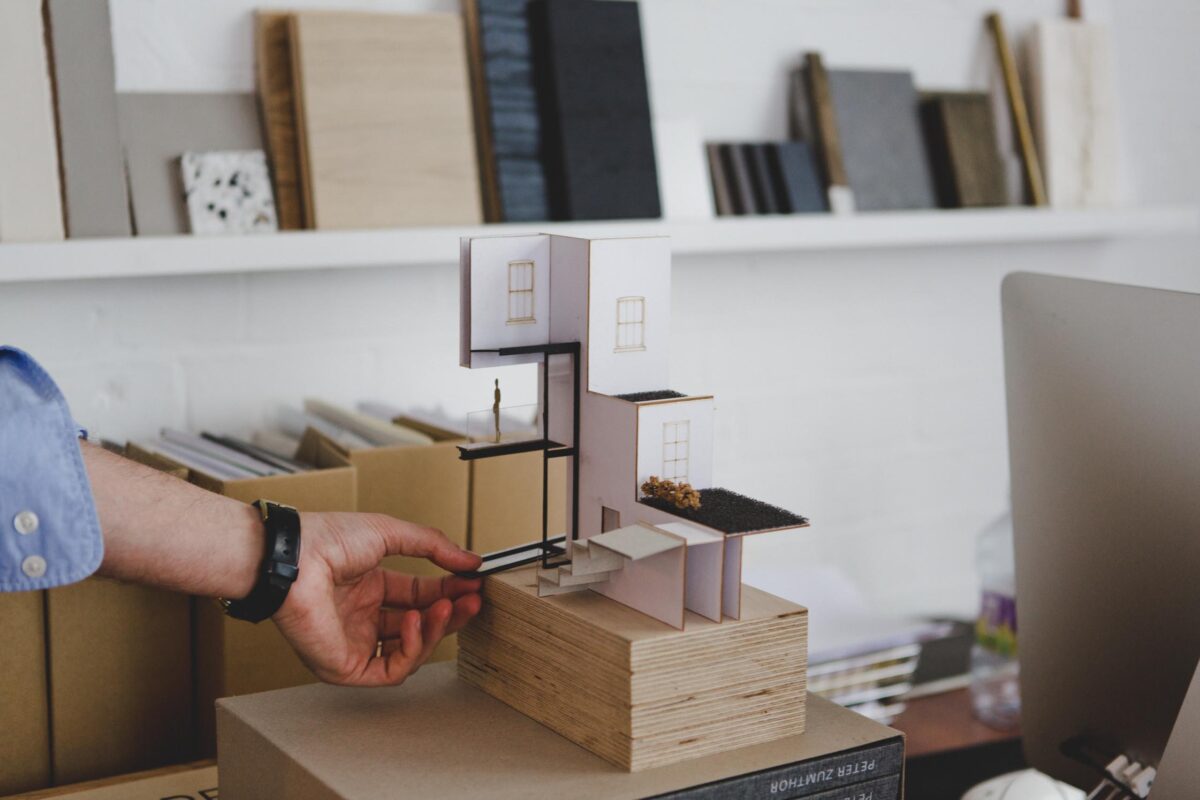

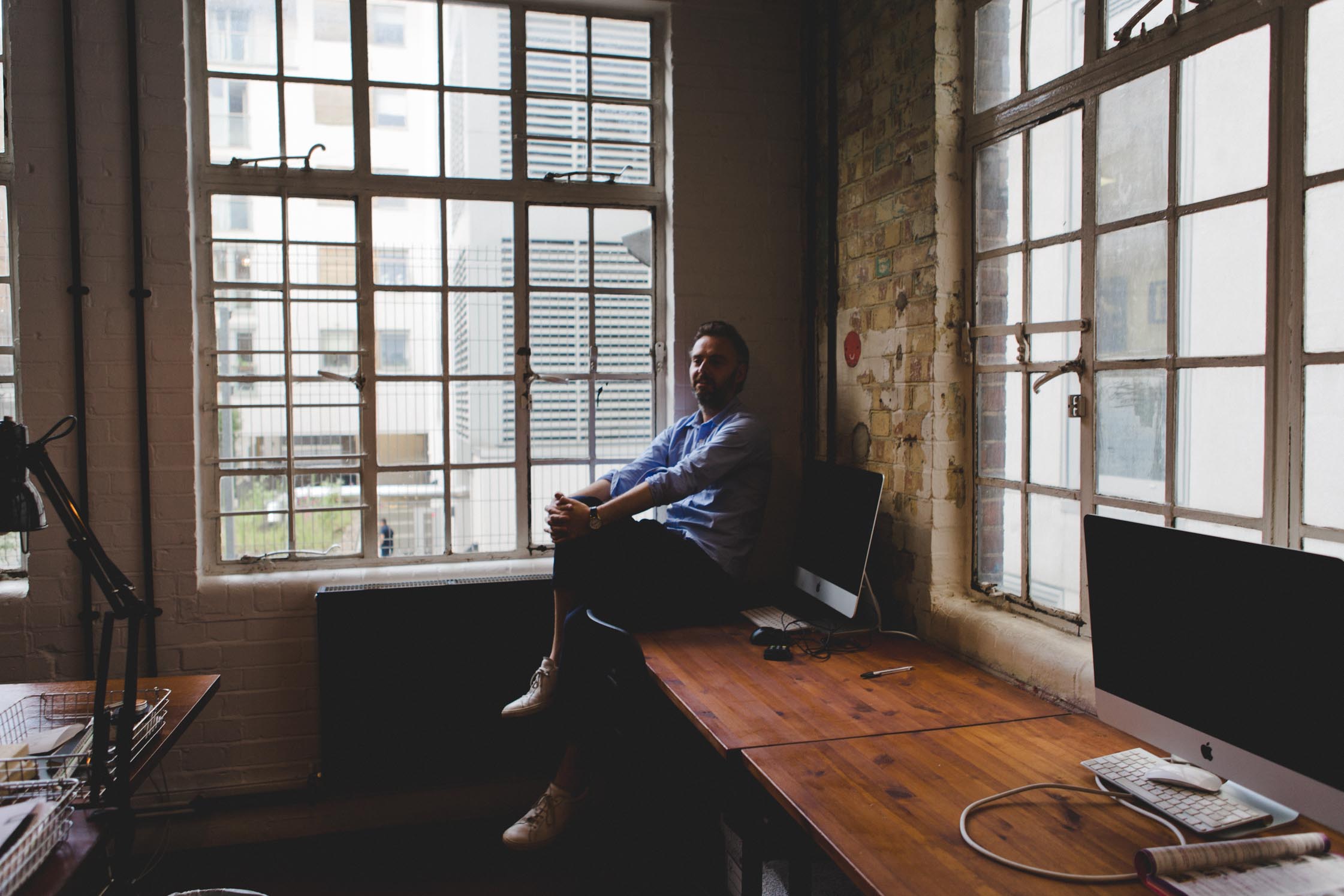
Thank you, Simon, for taking us along to revisit and introduce us to your past works.
To find out more about Simon Astridge, have a look at his website.
This portrait is part of Home Stories—a collaboration Freunde von Freunden produces with Siemens Home Appliances. Home Stories explores the topic of innovative urban living, seen through the lenses of select inhabitants in modern global cities. We present unusual spaces, highlighting their aesthetic and technological qualities, alongside a look into their inhabitants’ lives. See more on the Siemens Home Appliances site and take a look at our other portraits in collaboration with Siemens Home here.
Text: James Darton
Photography: Dunja Opalko
